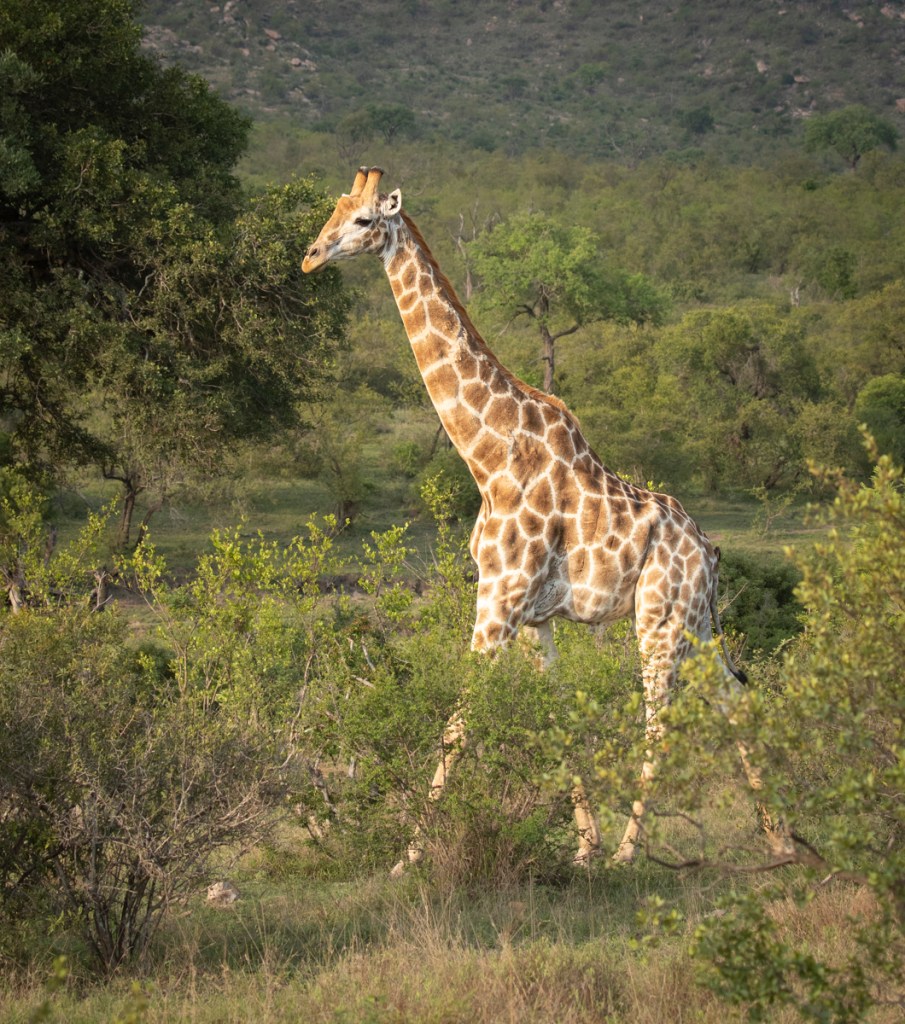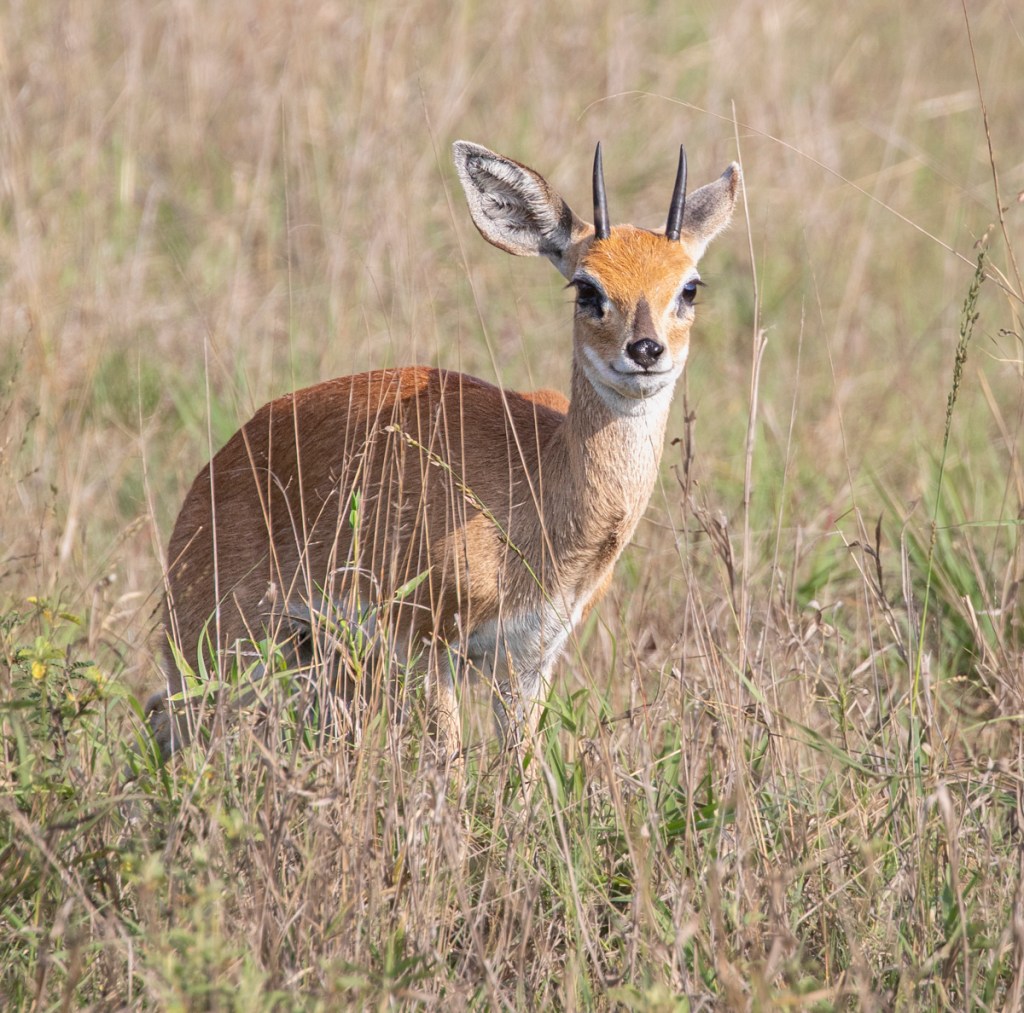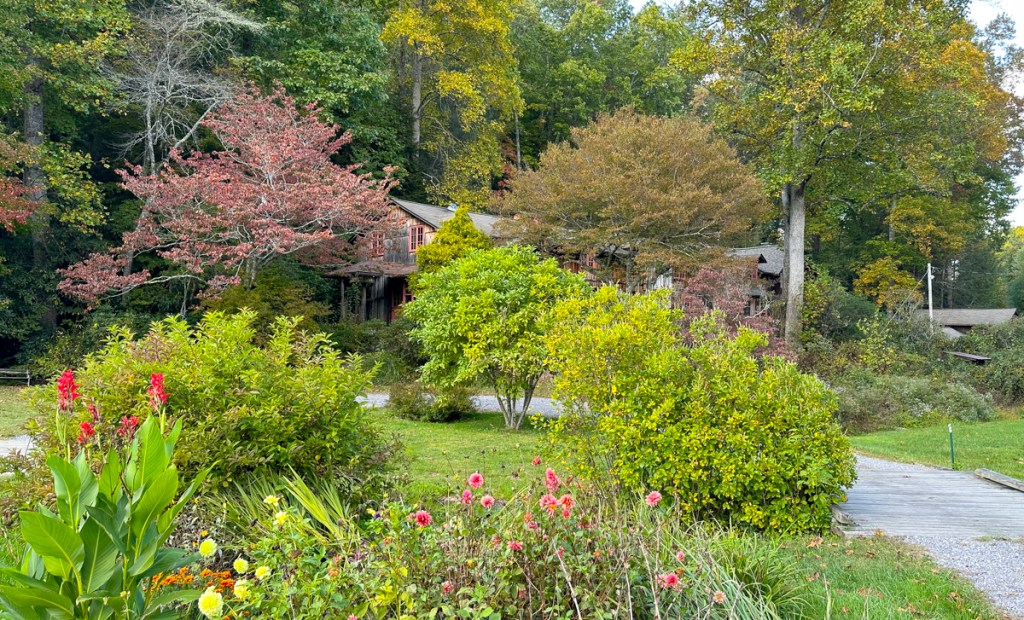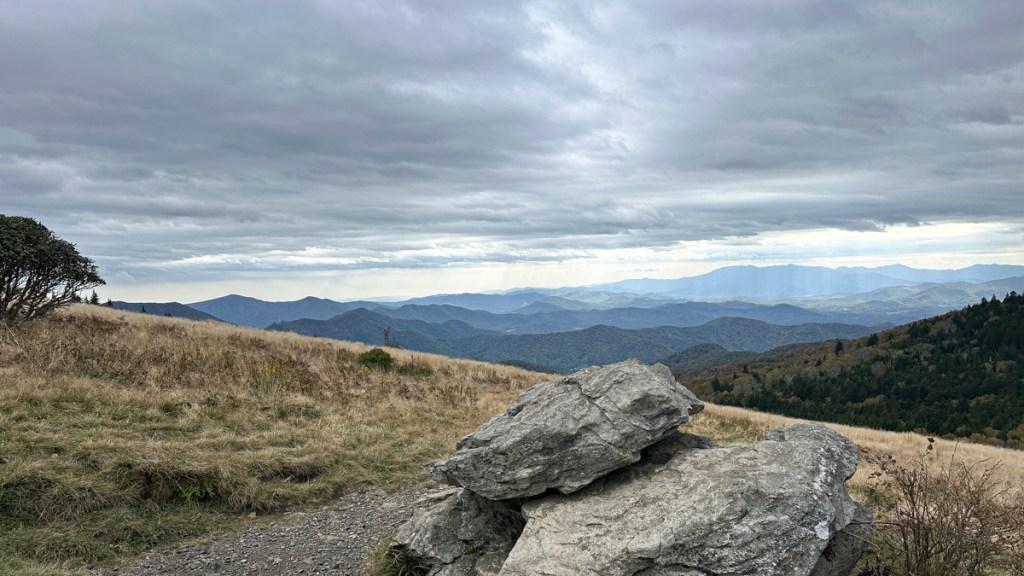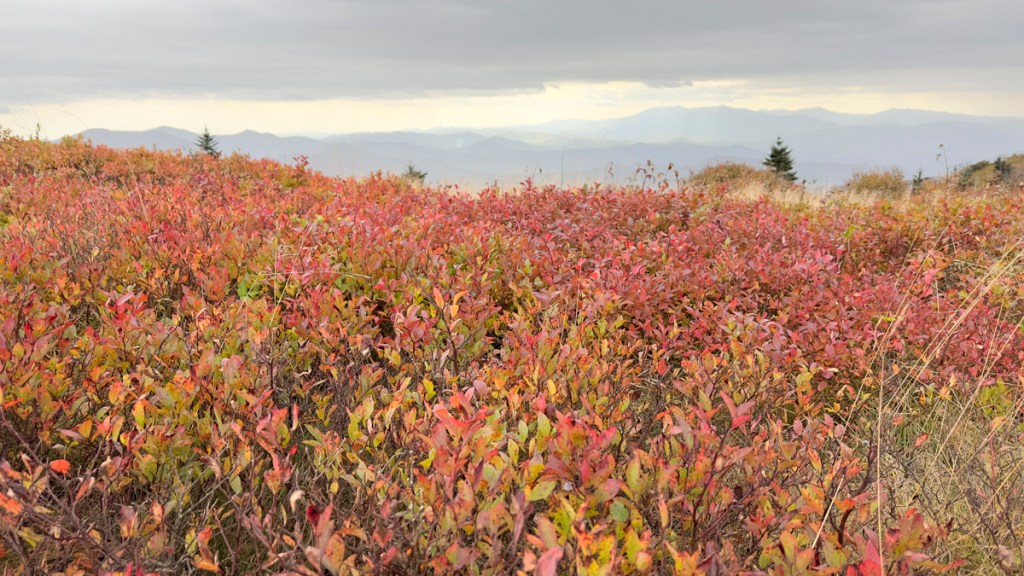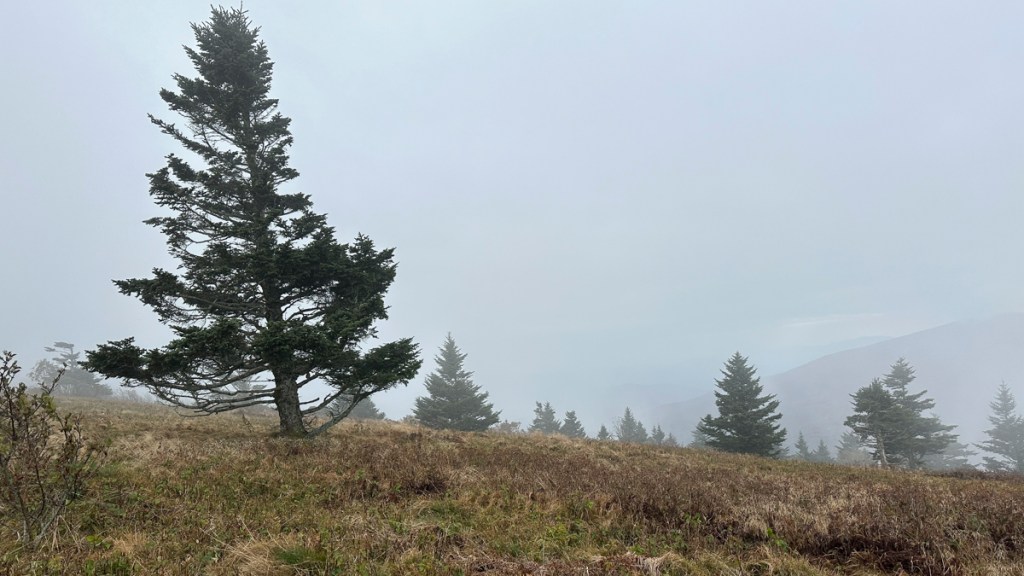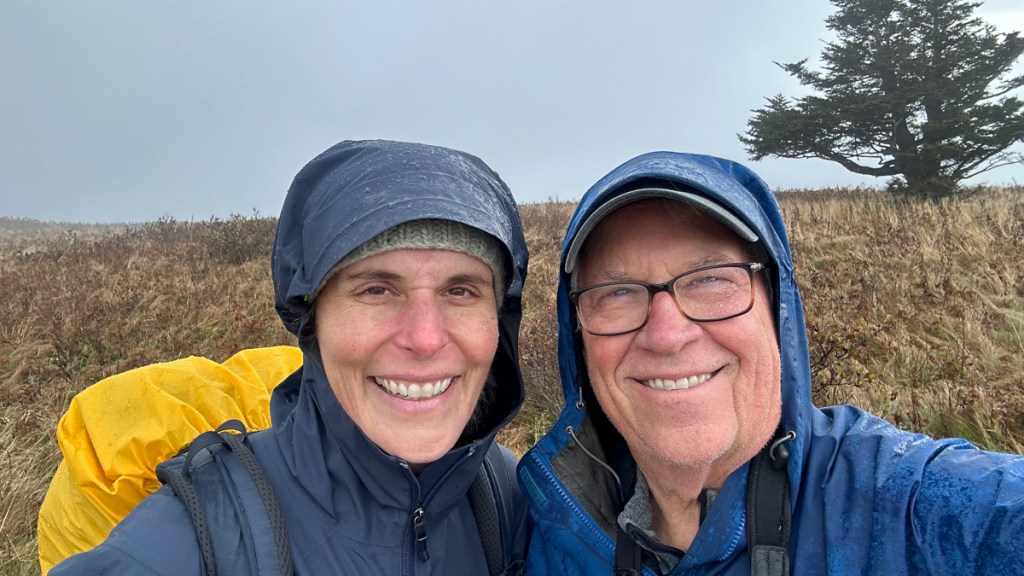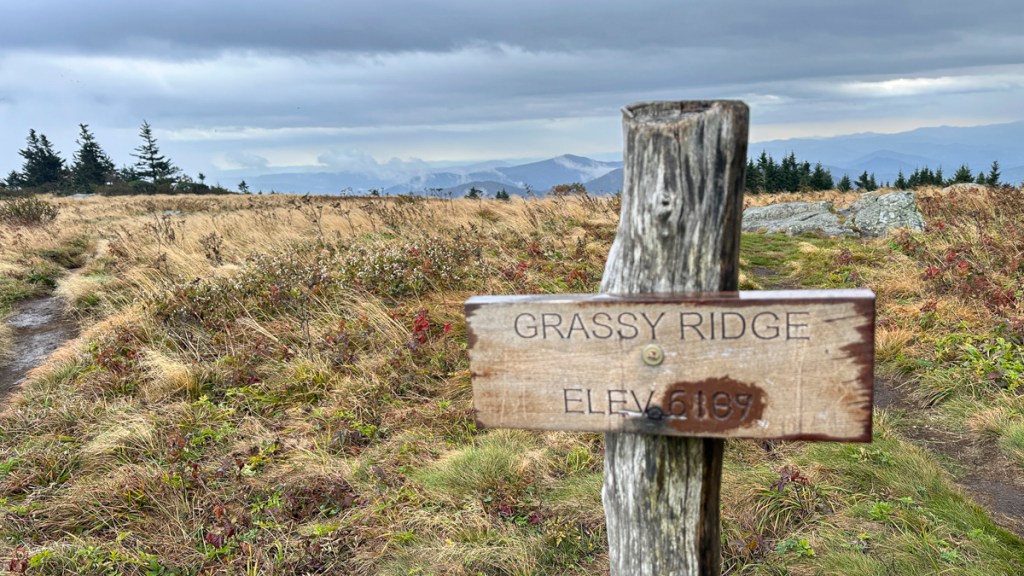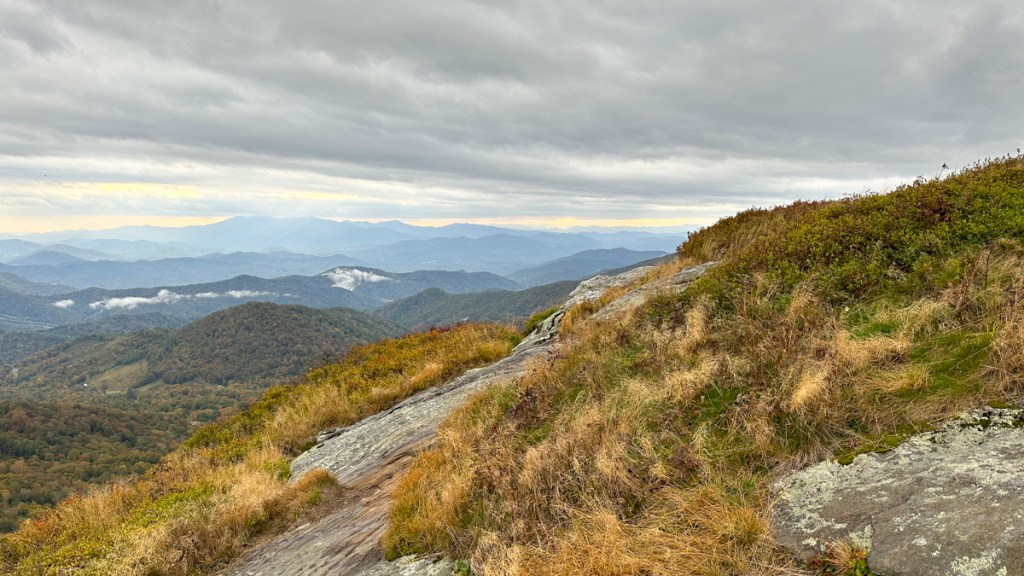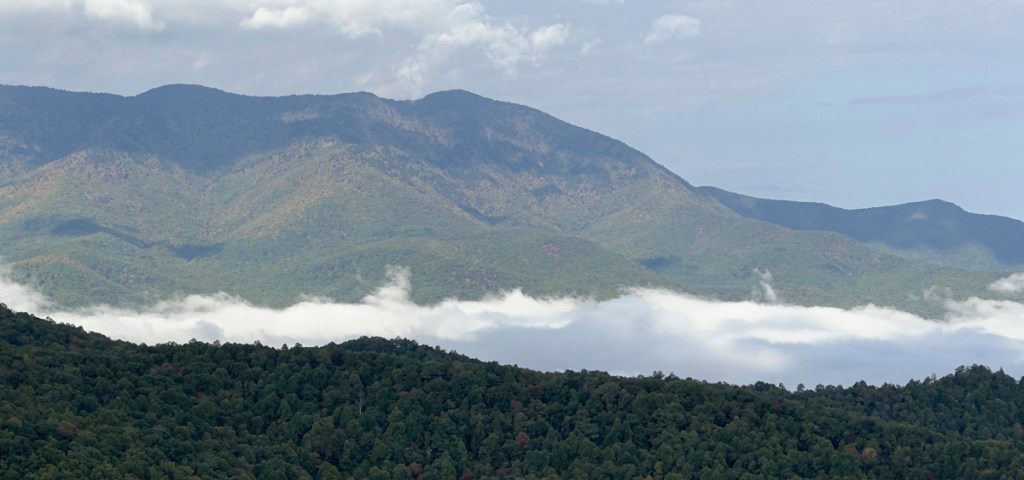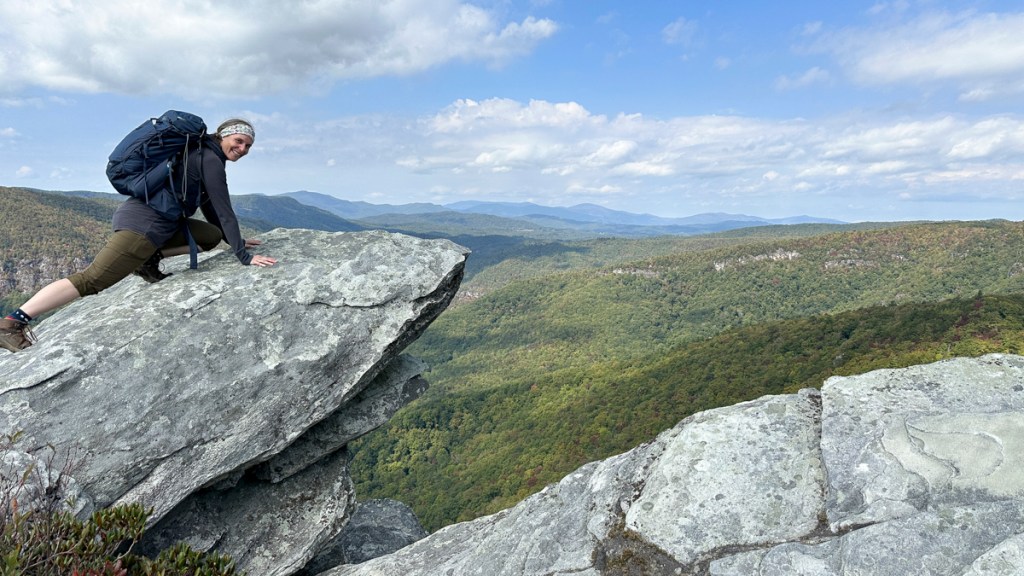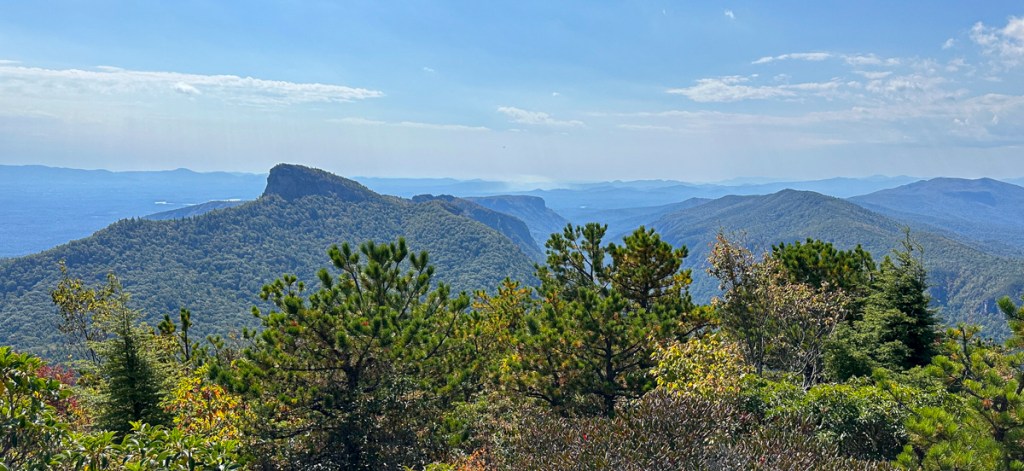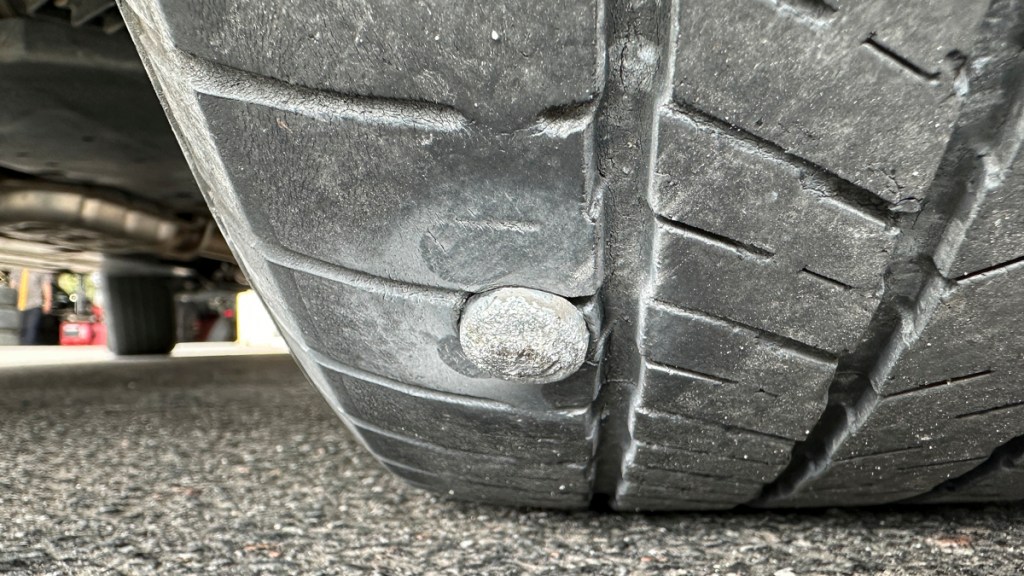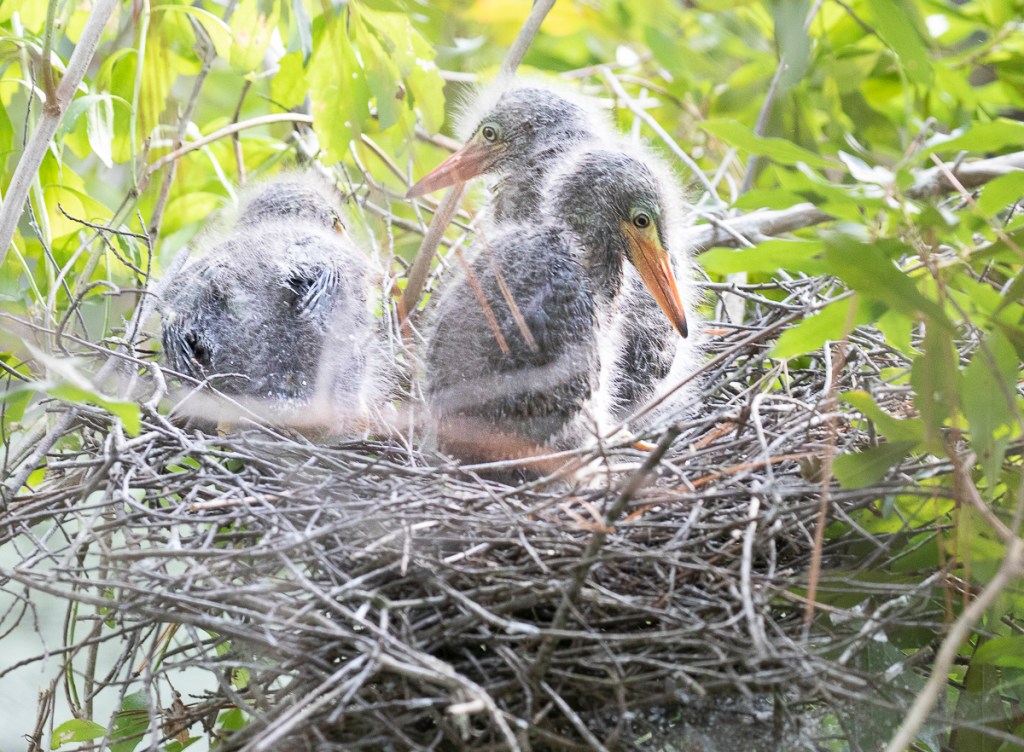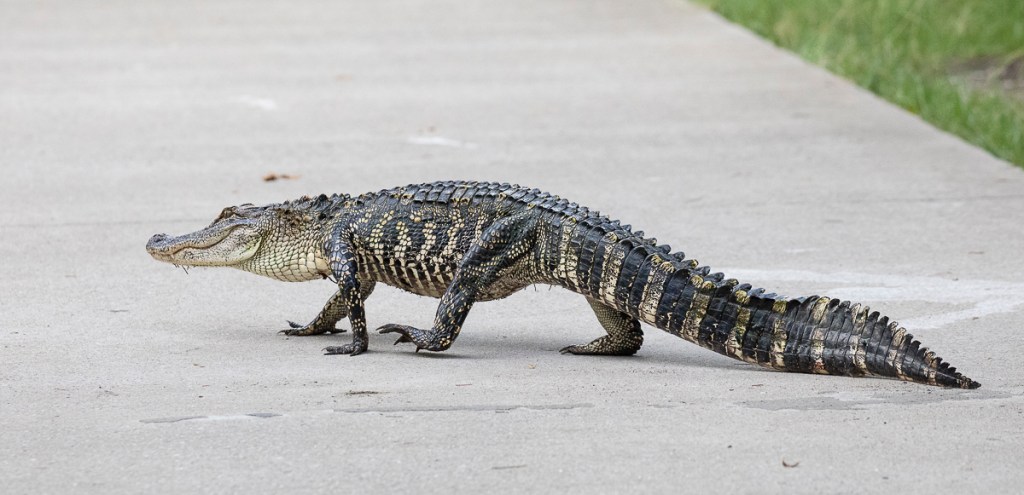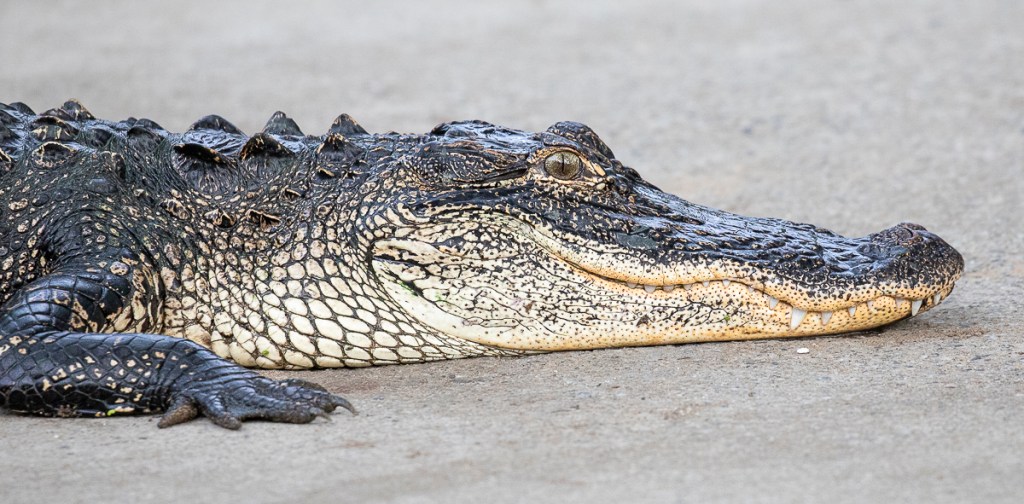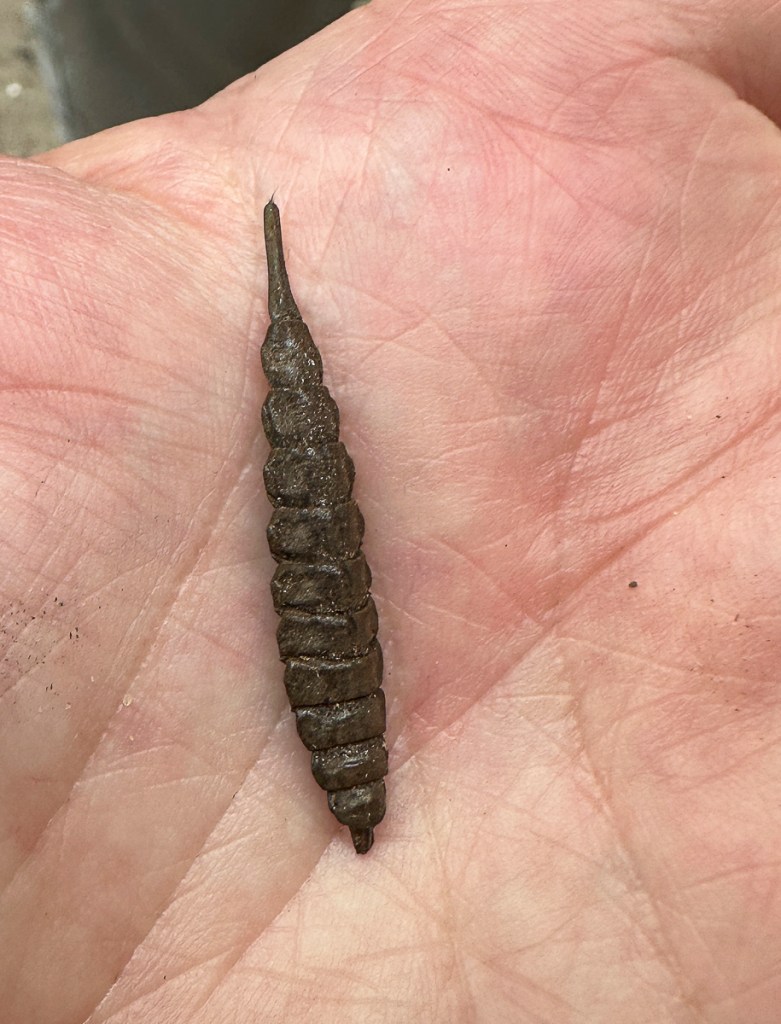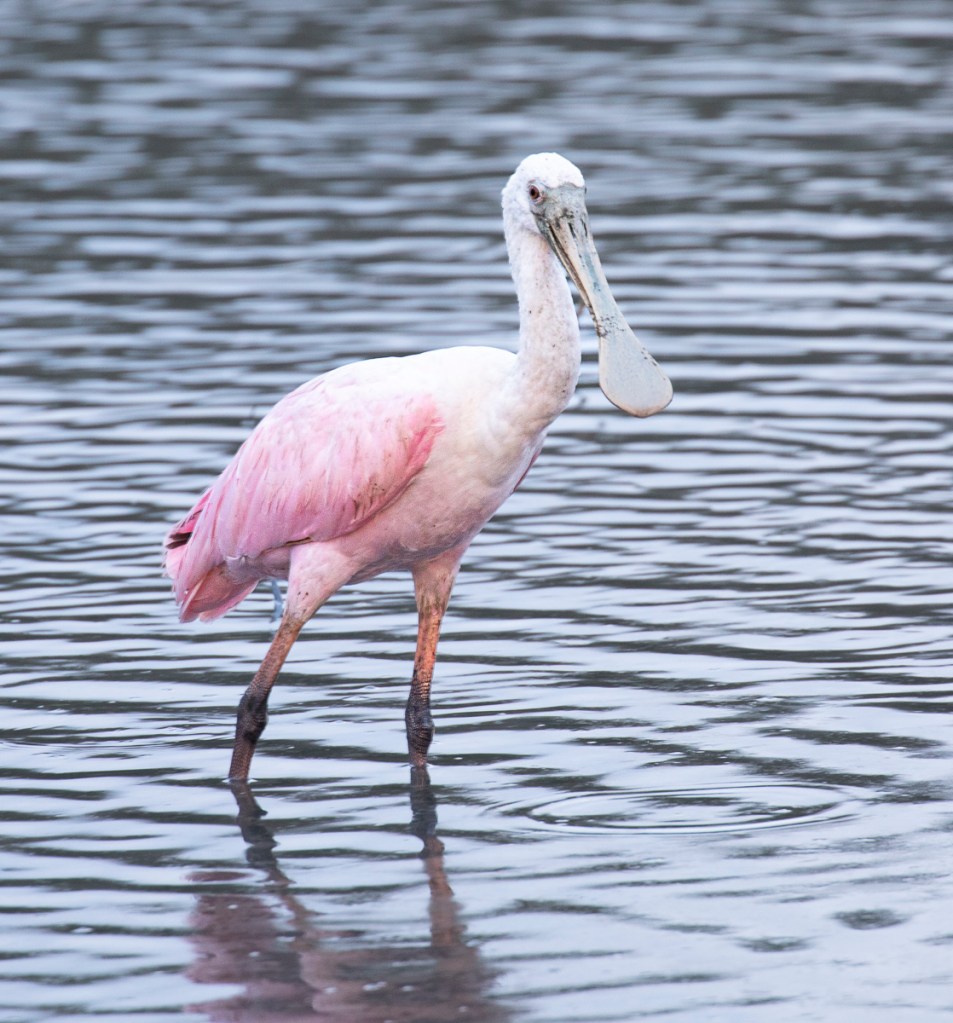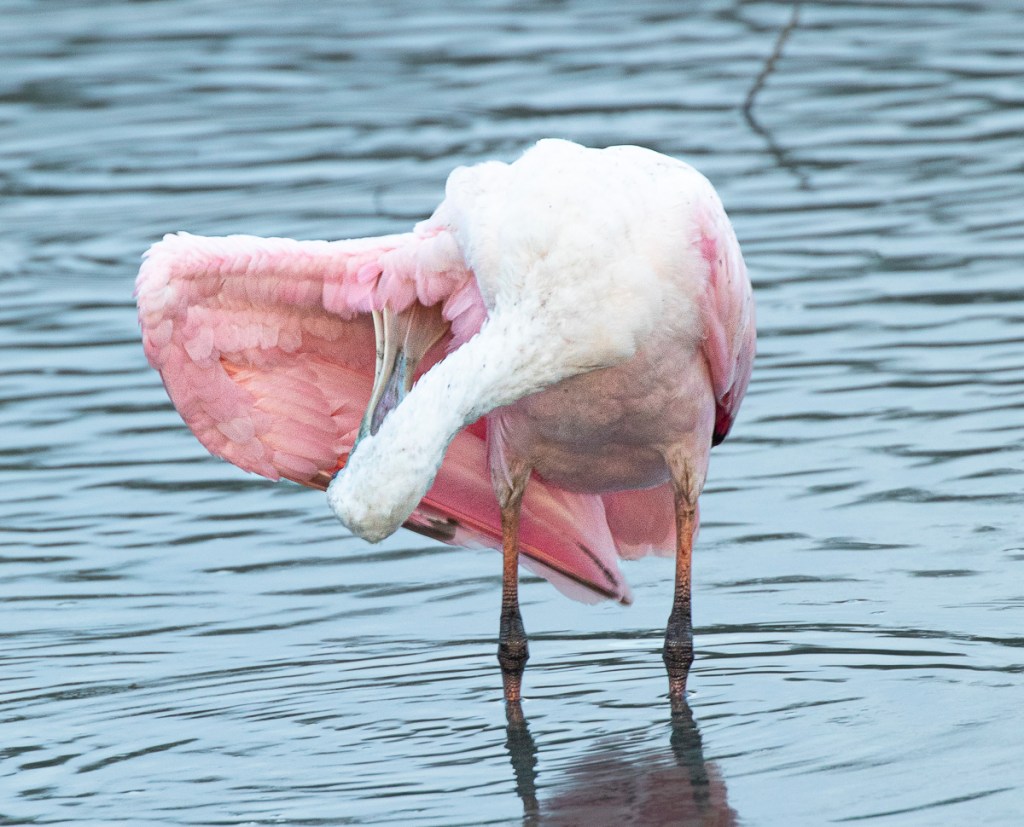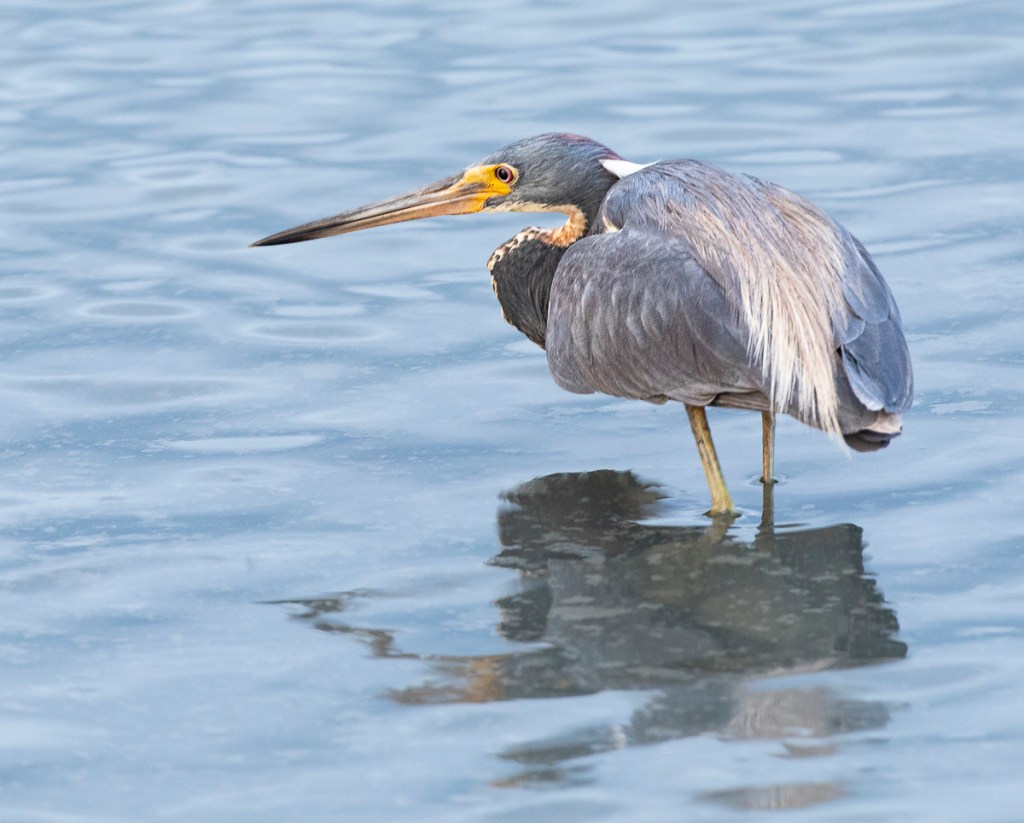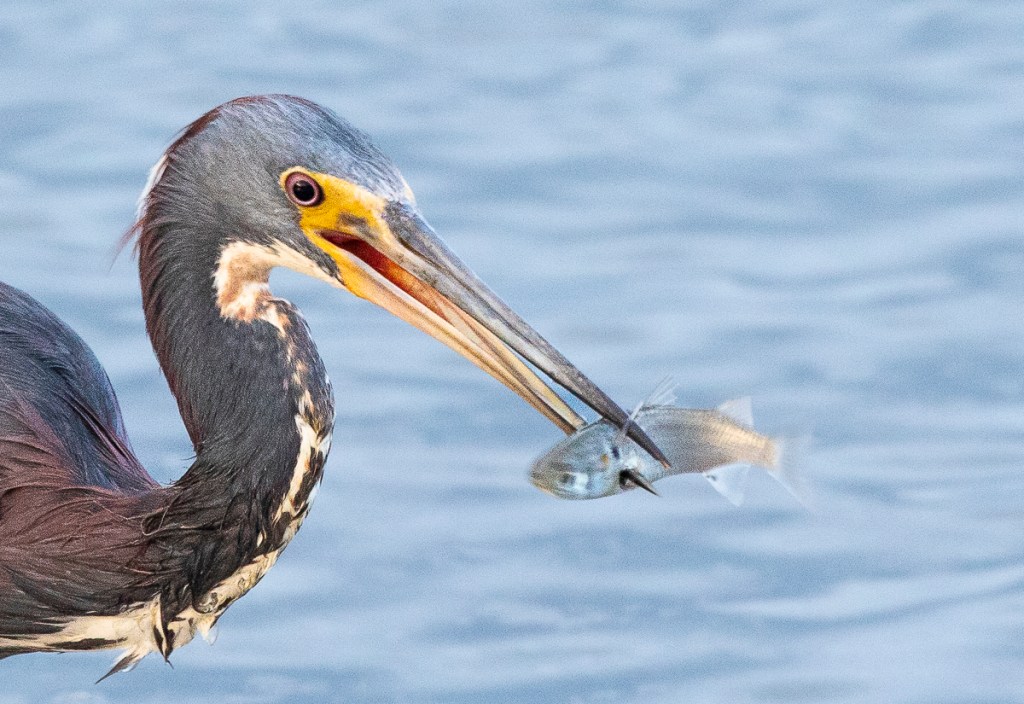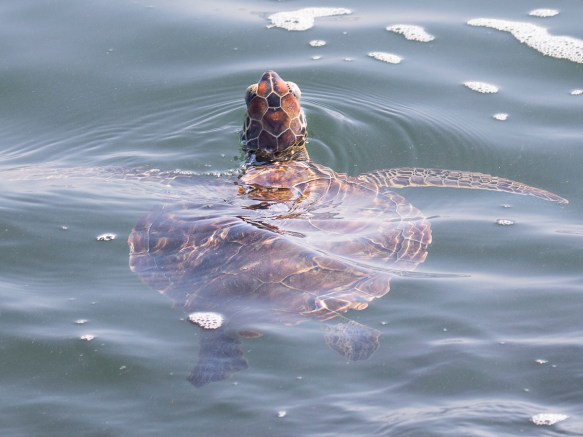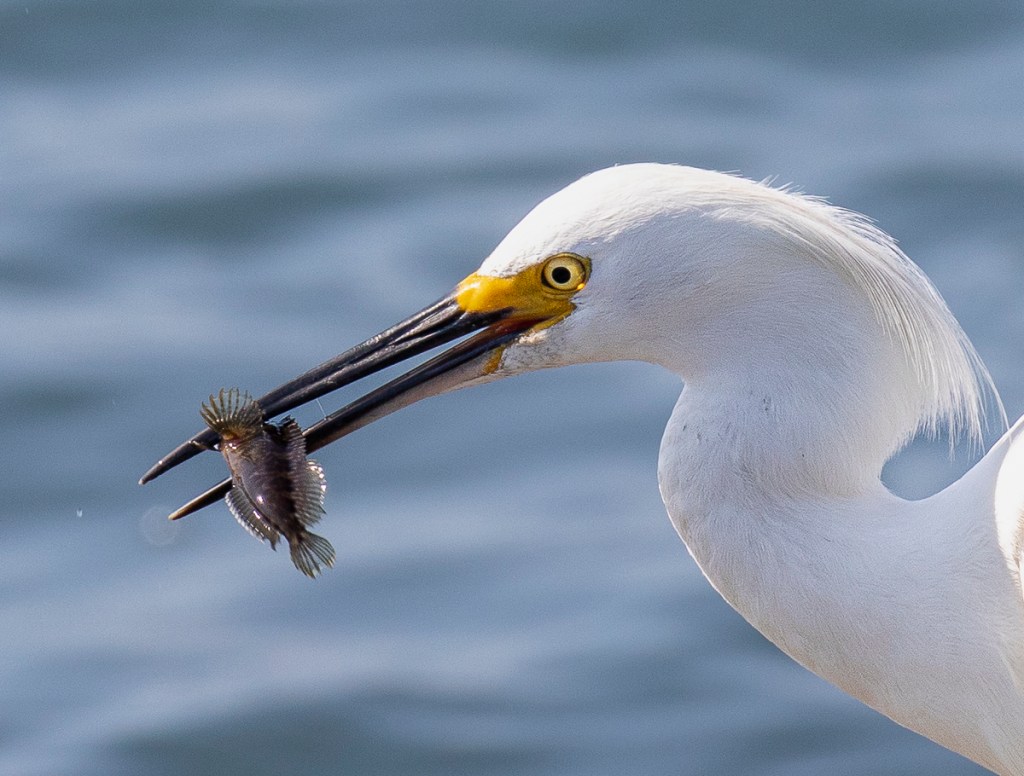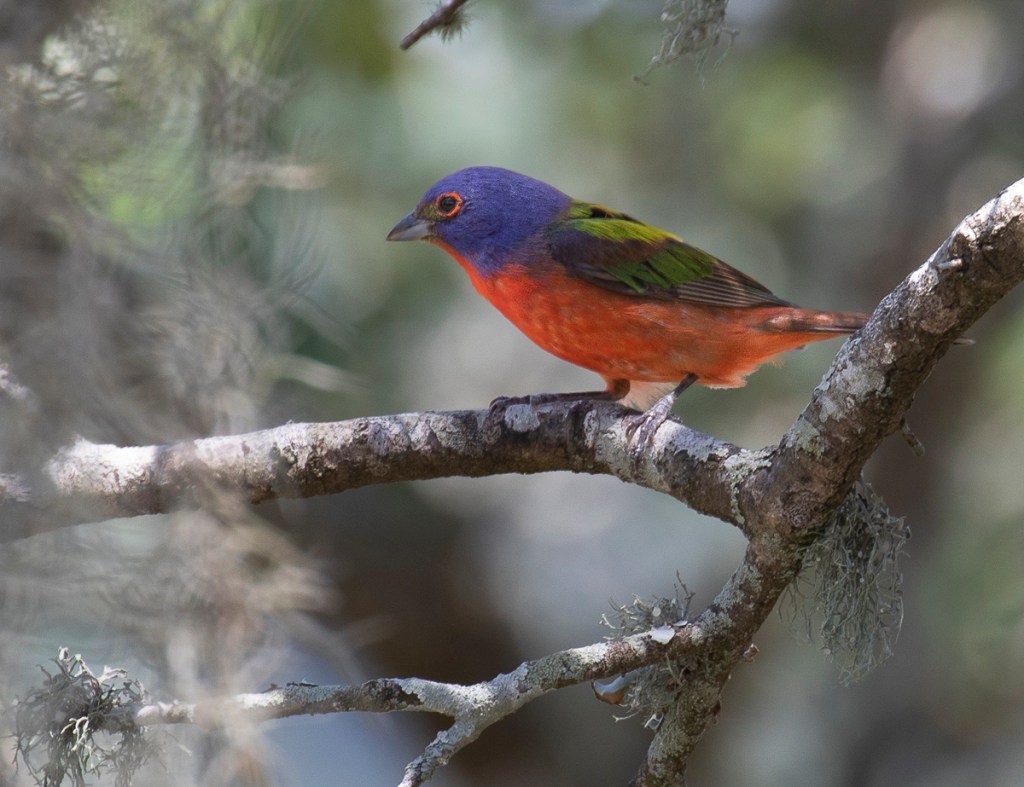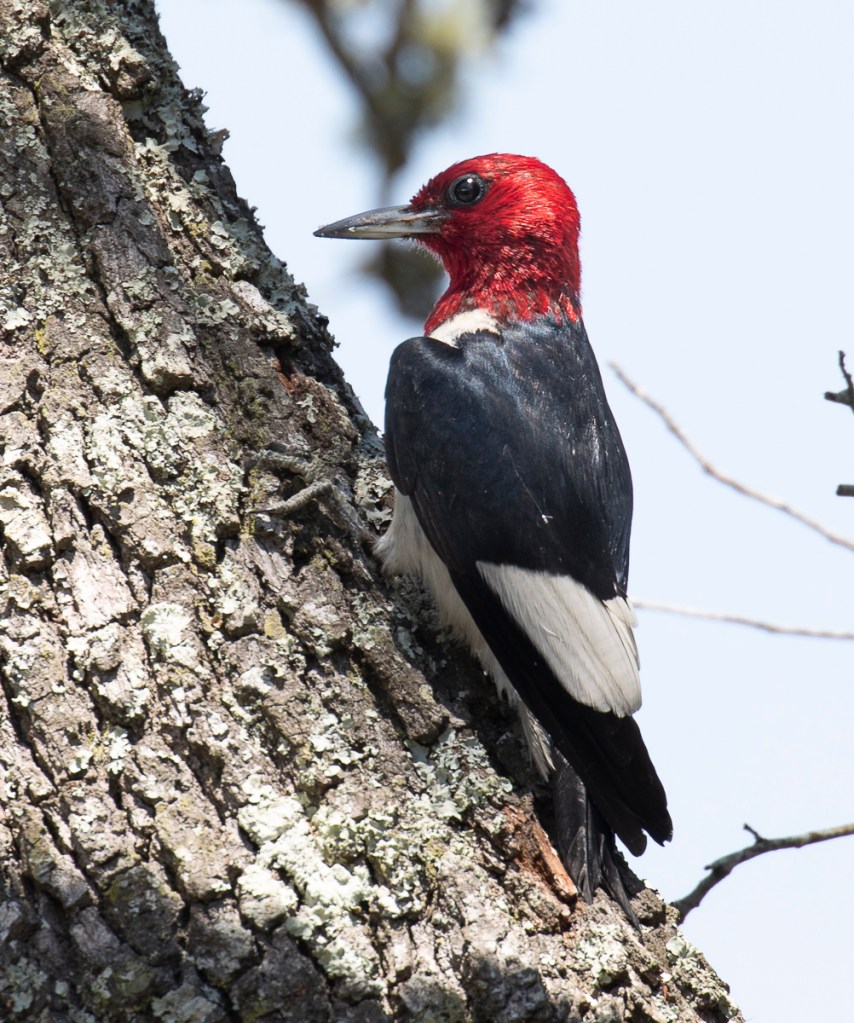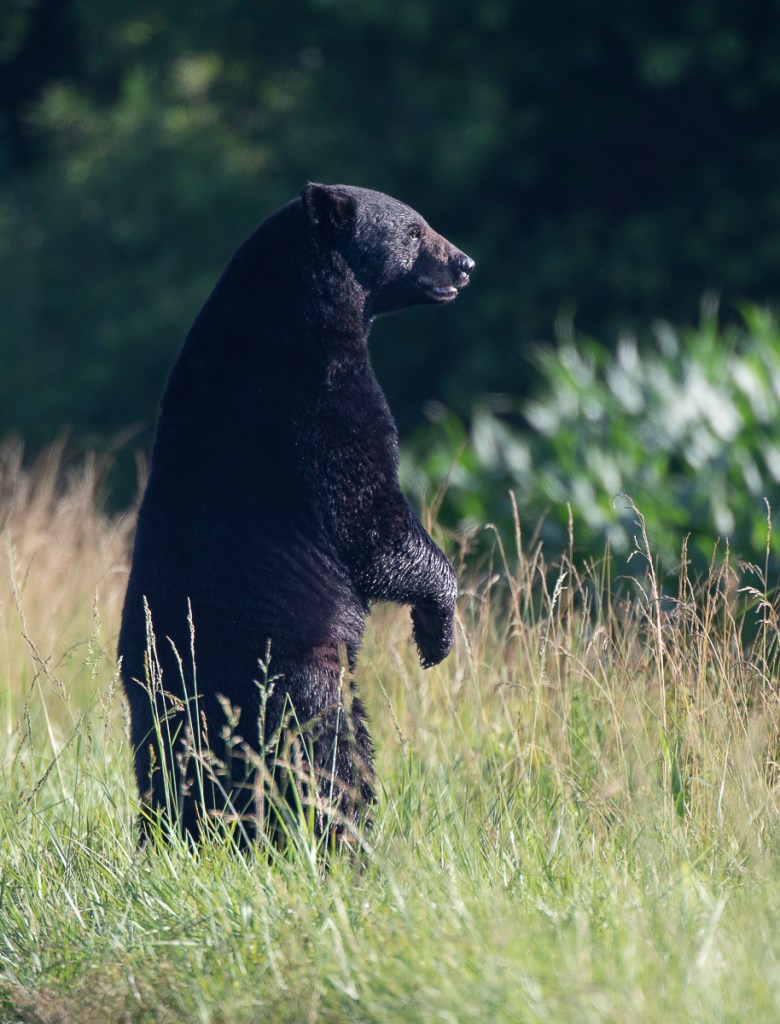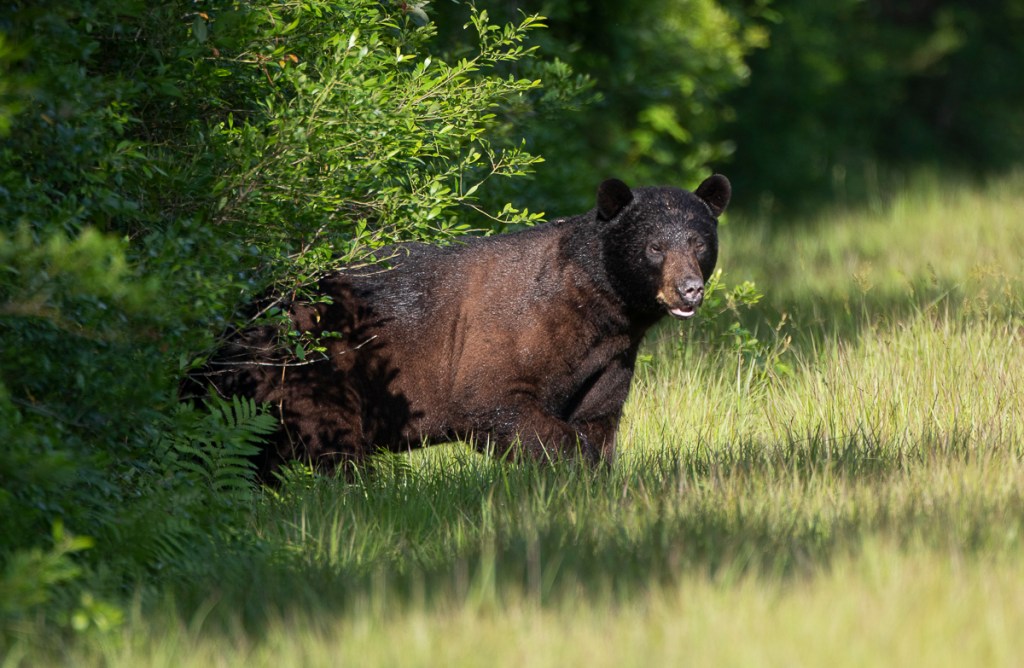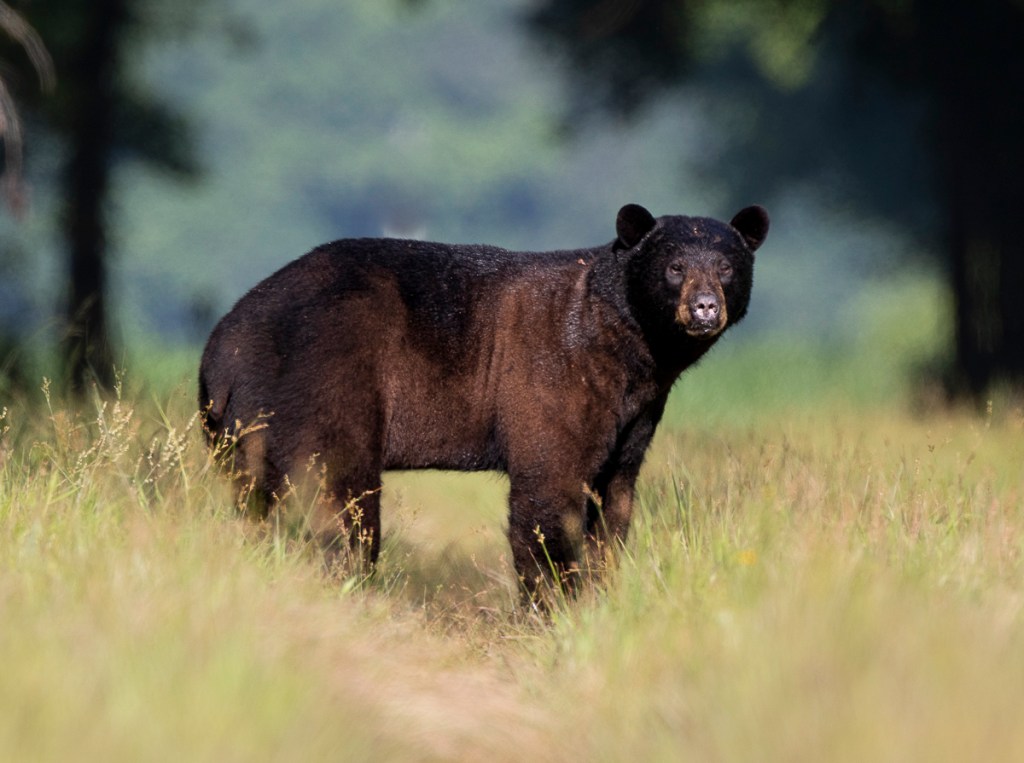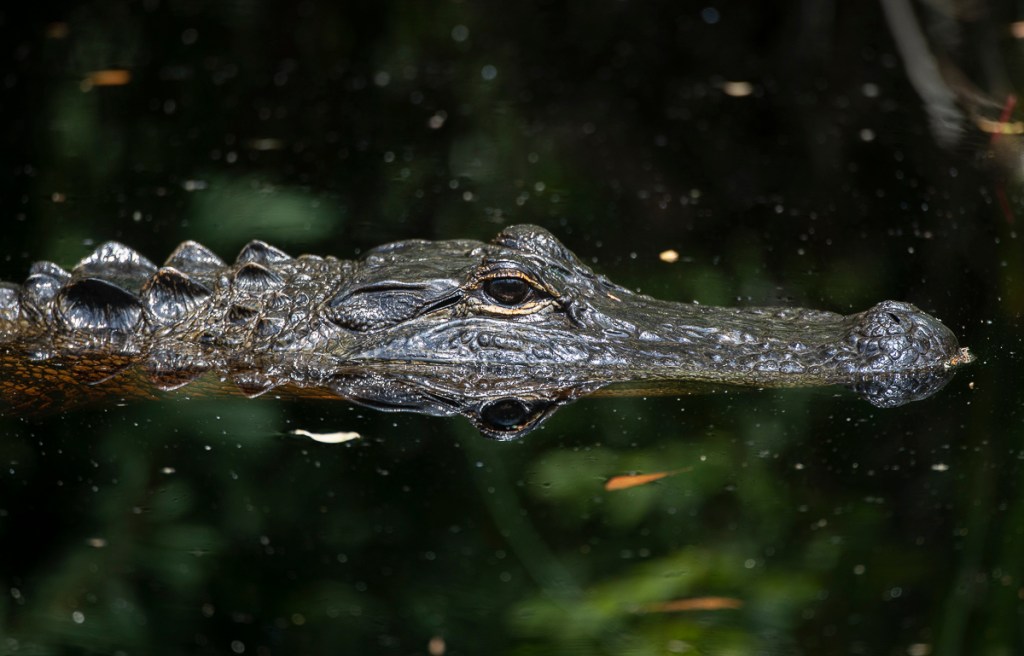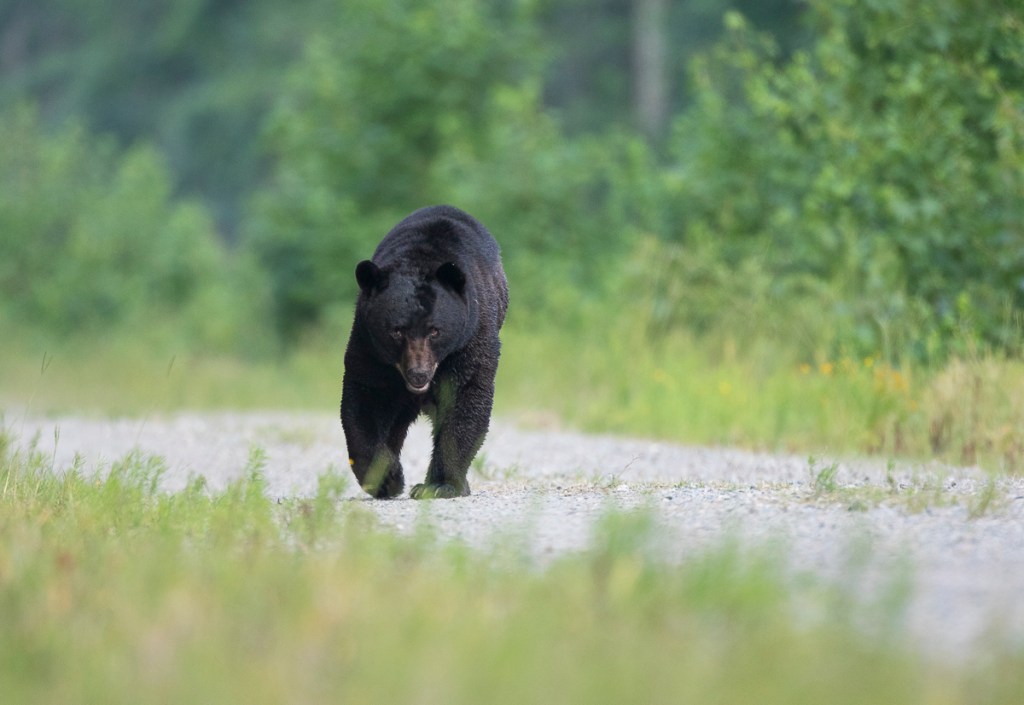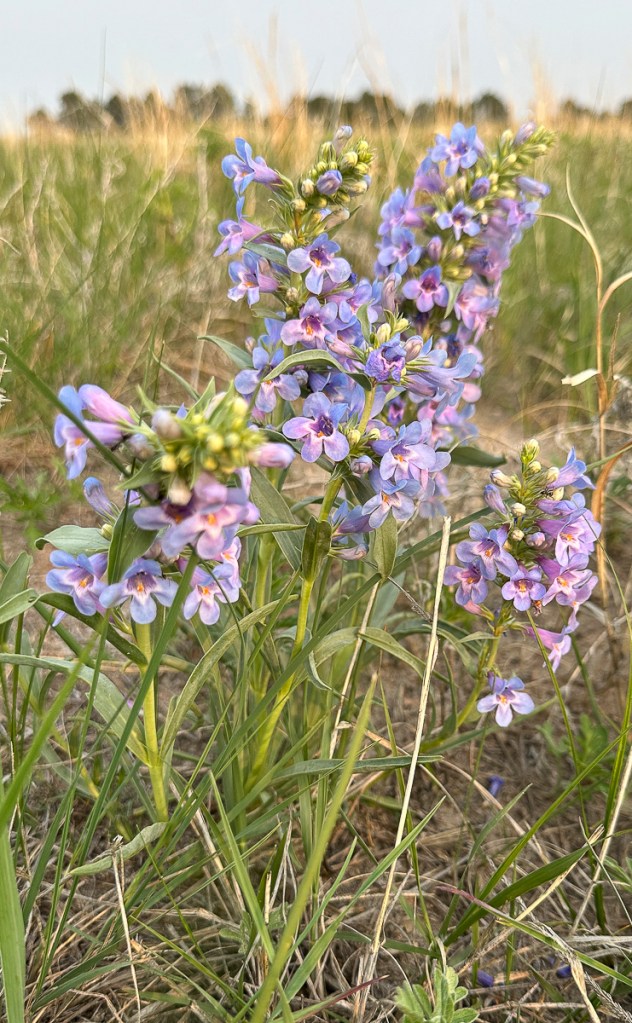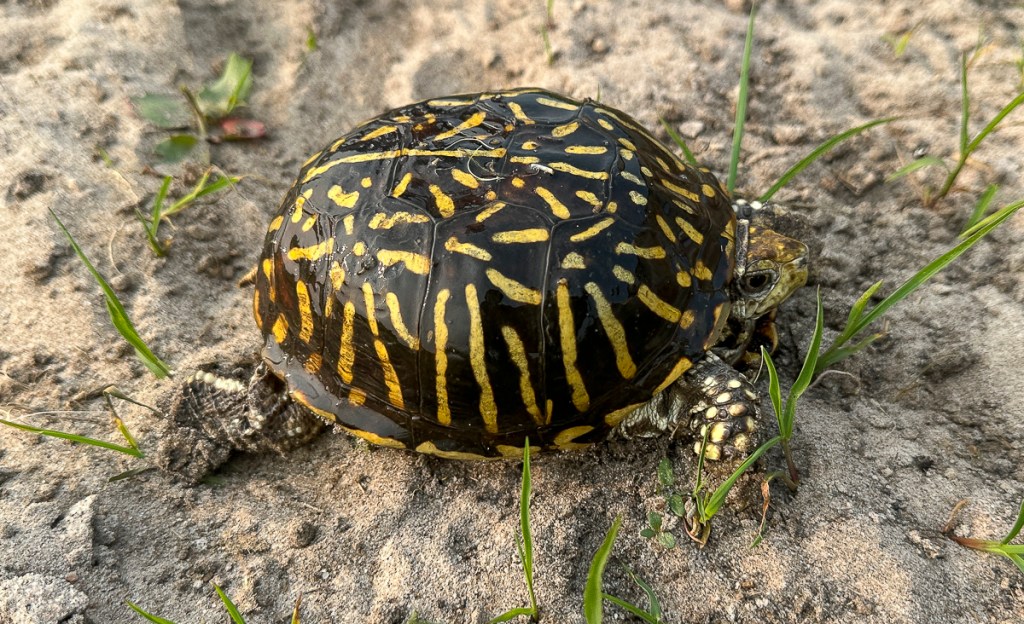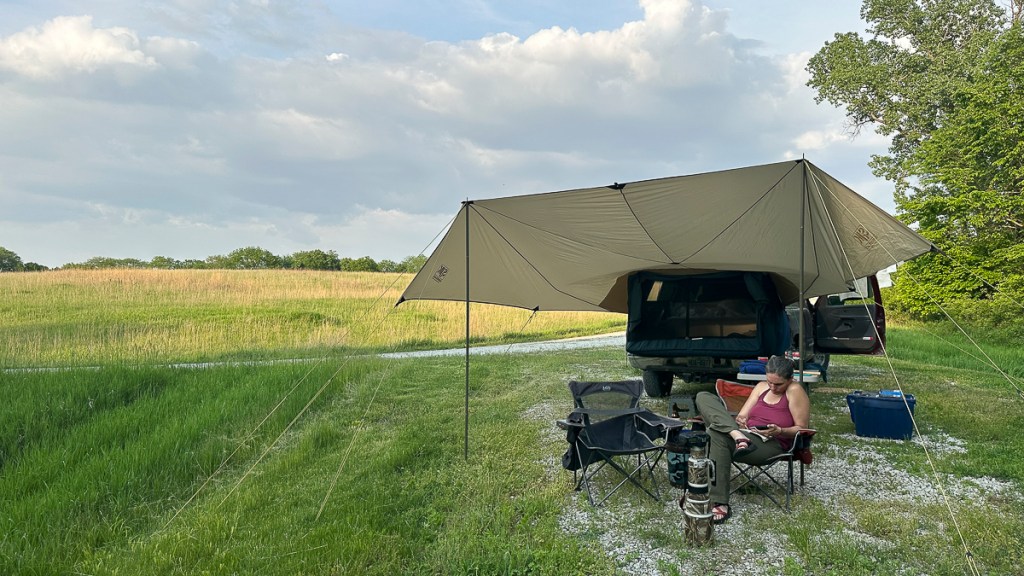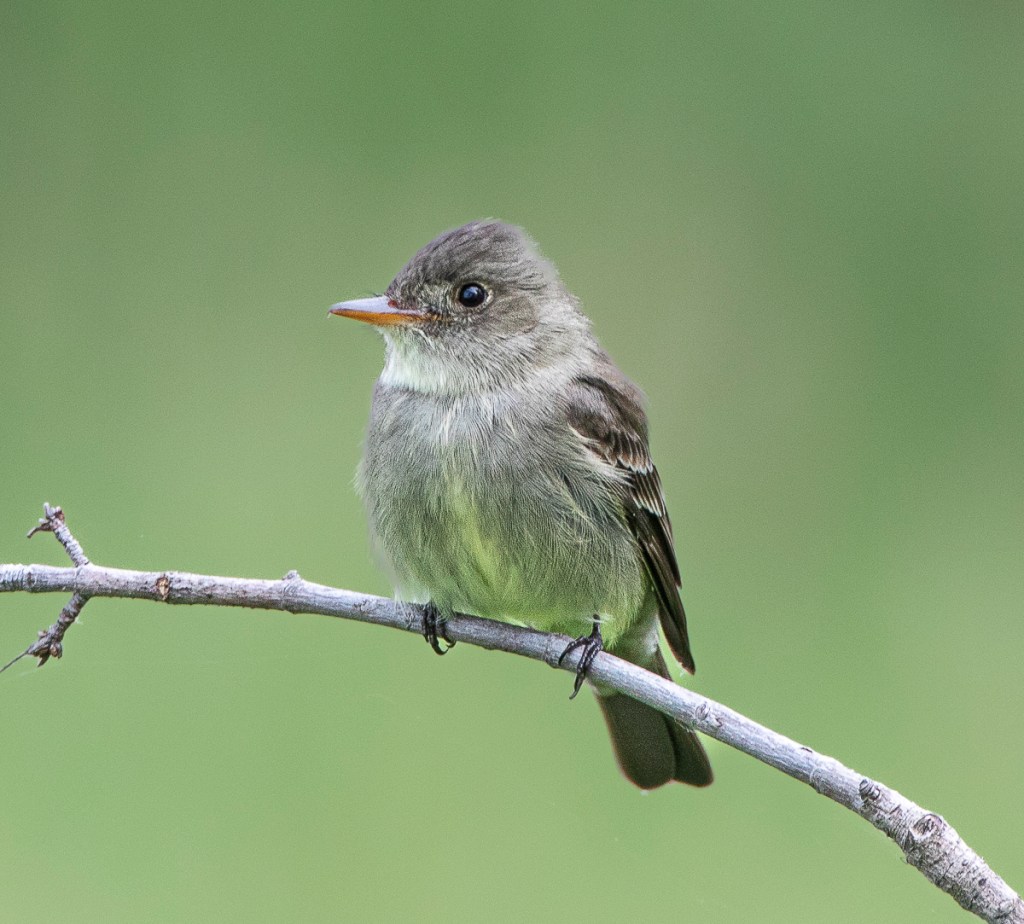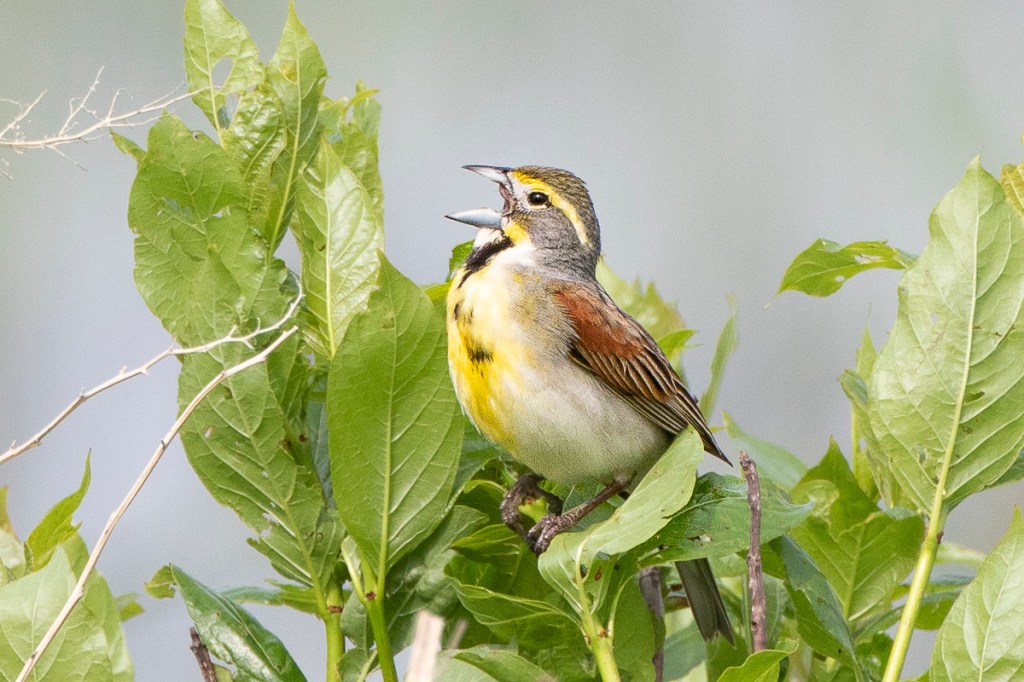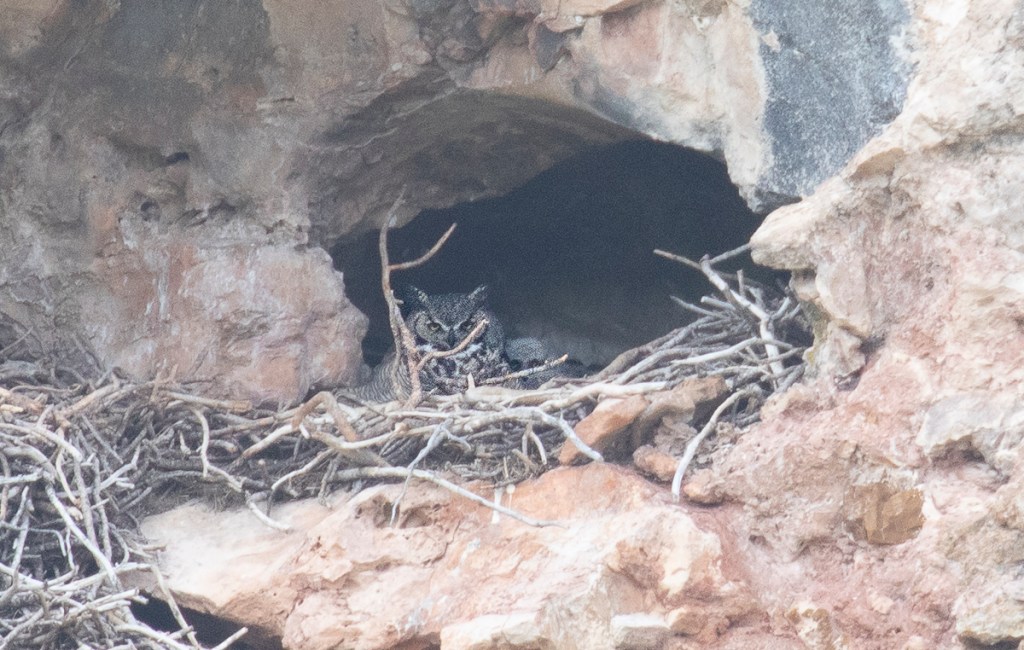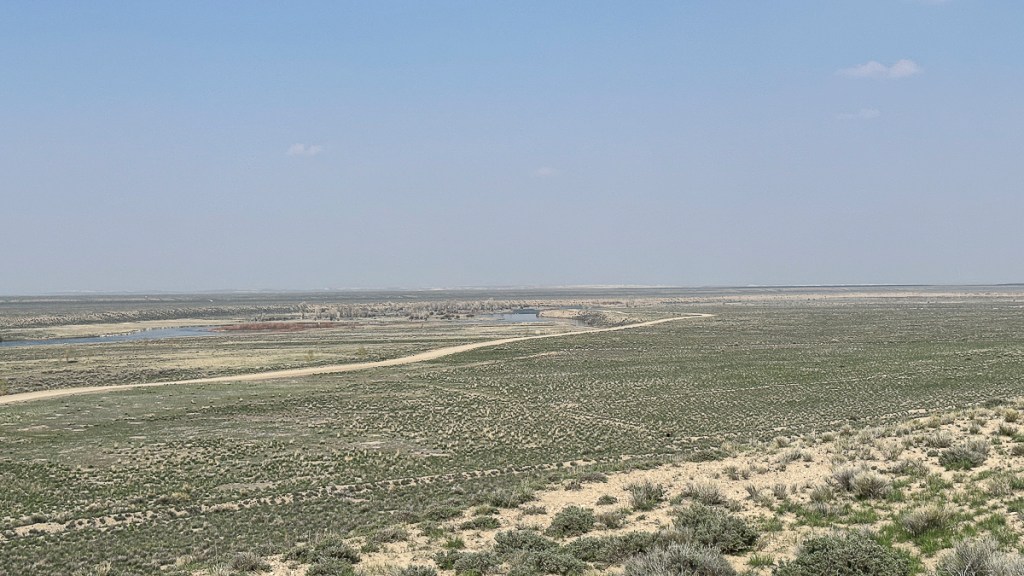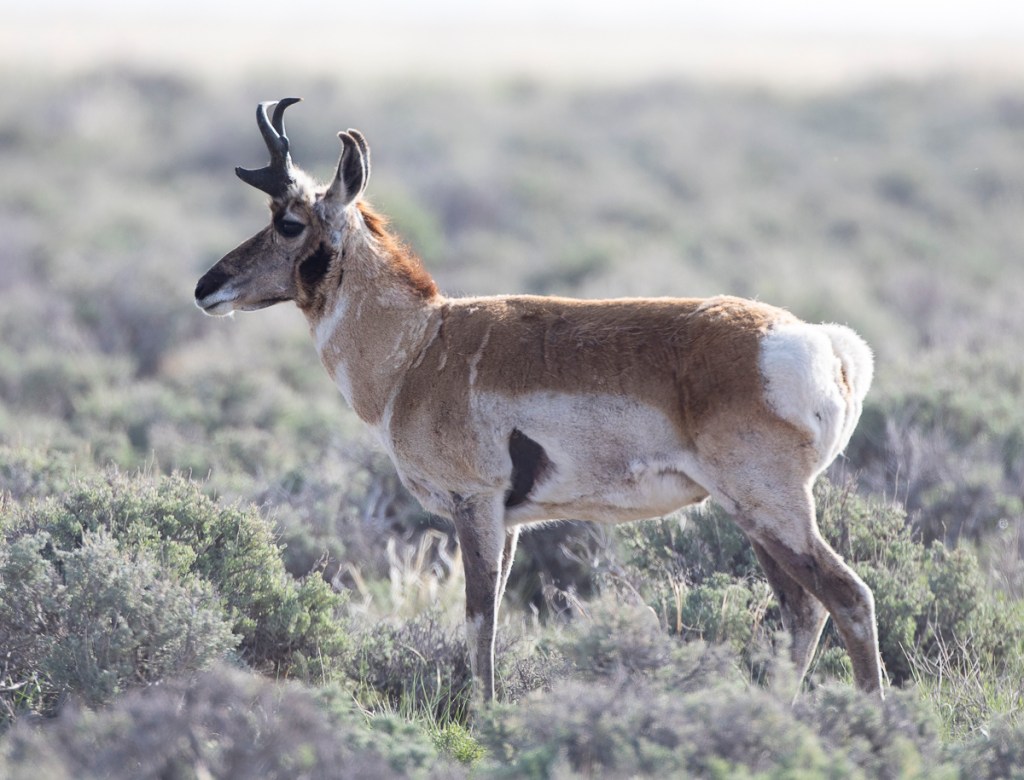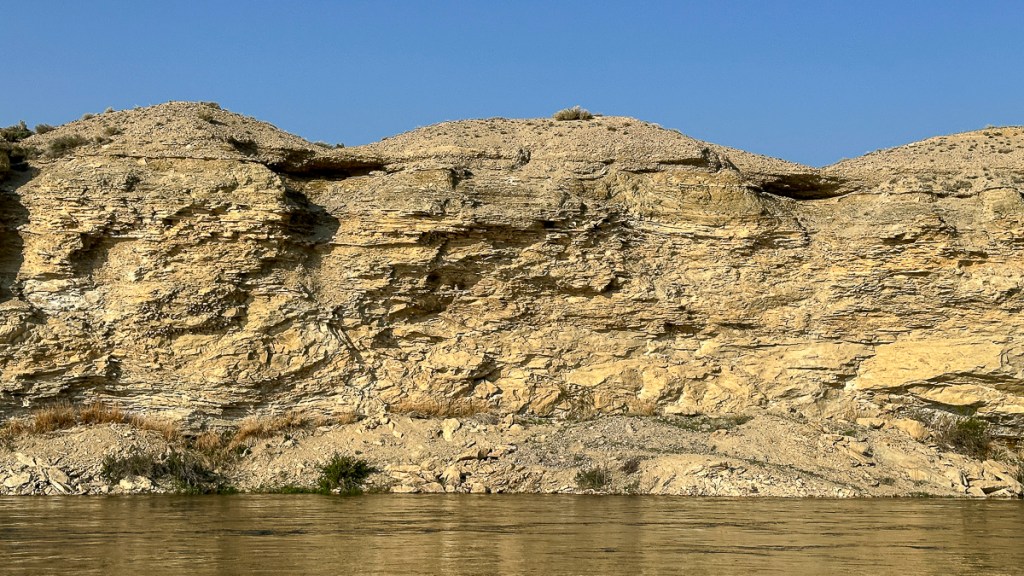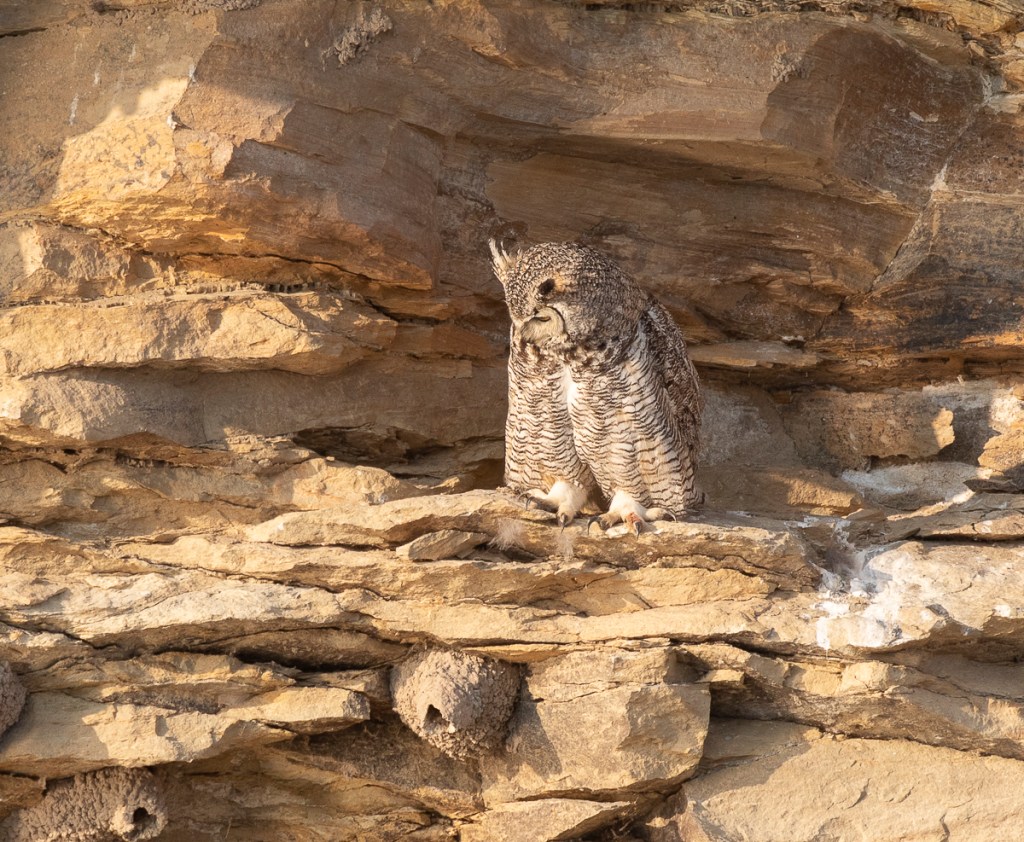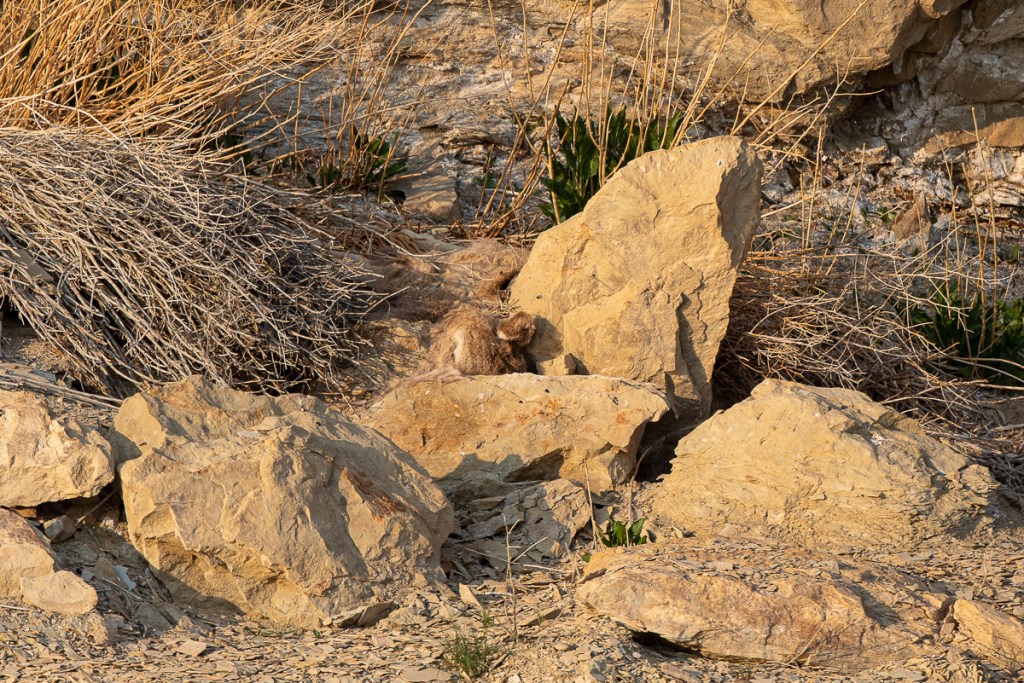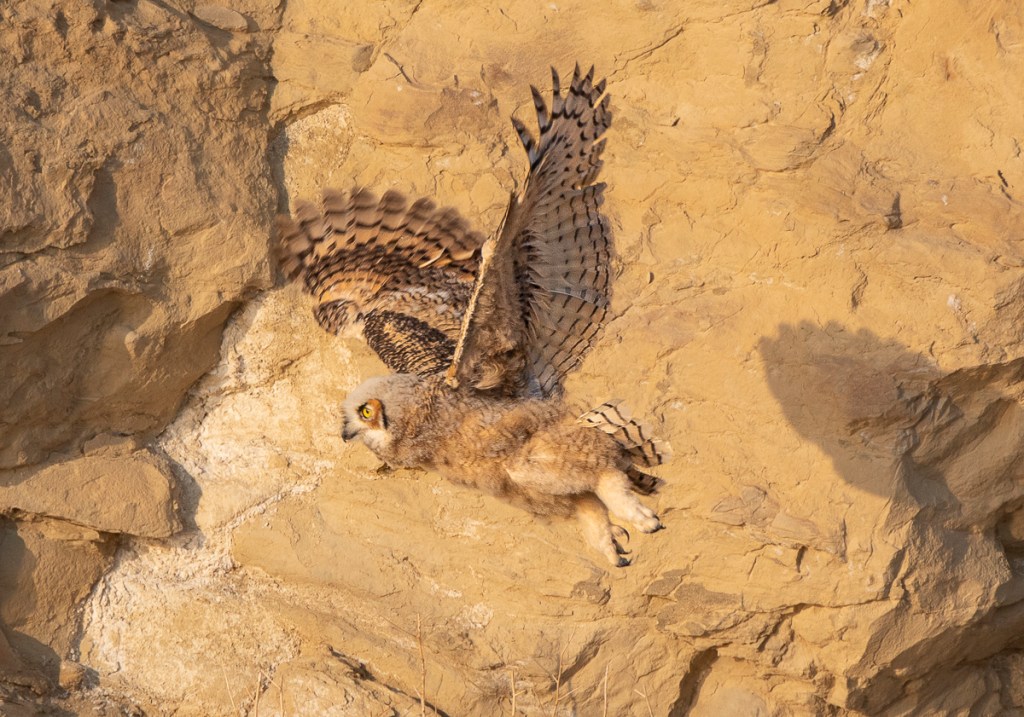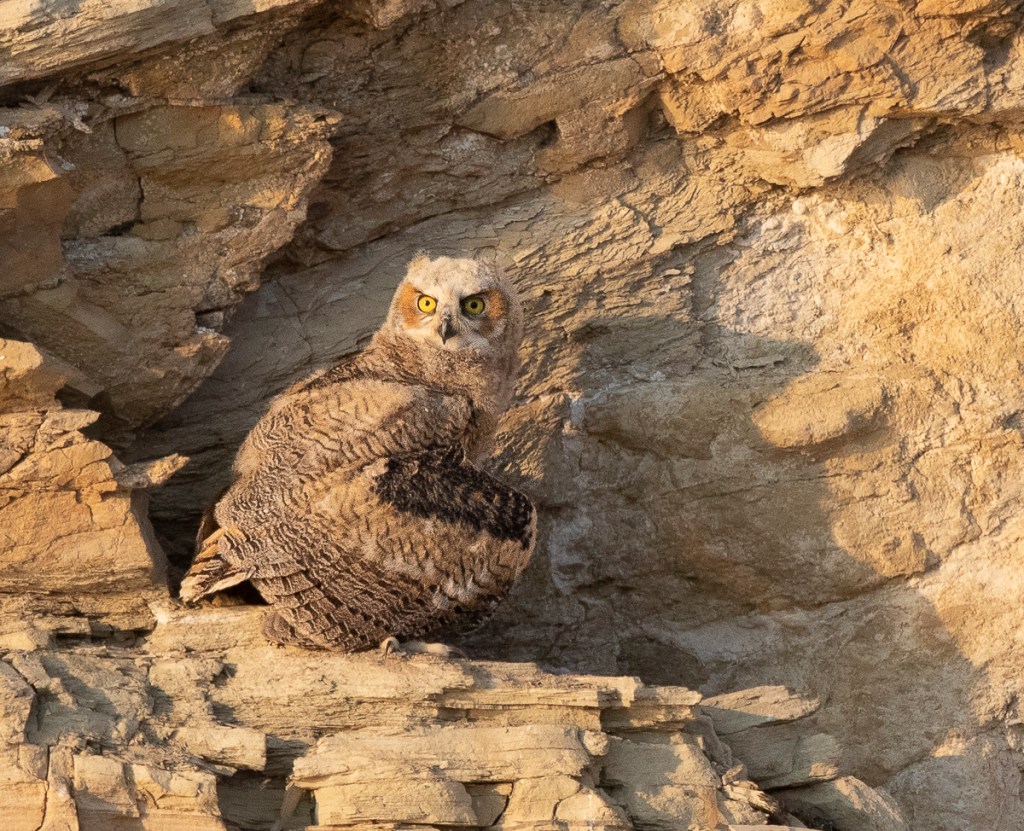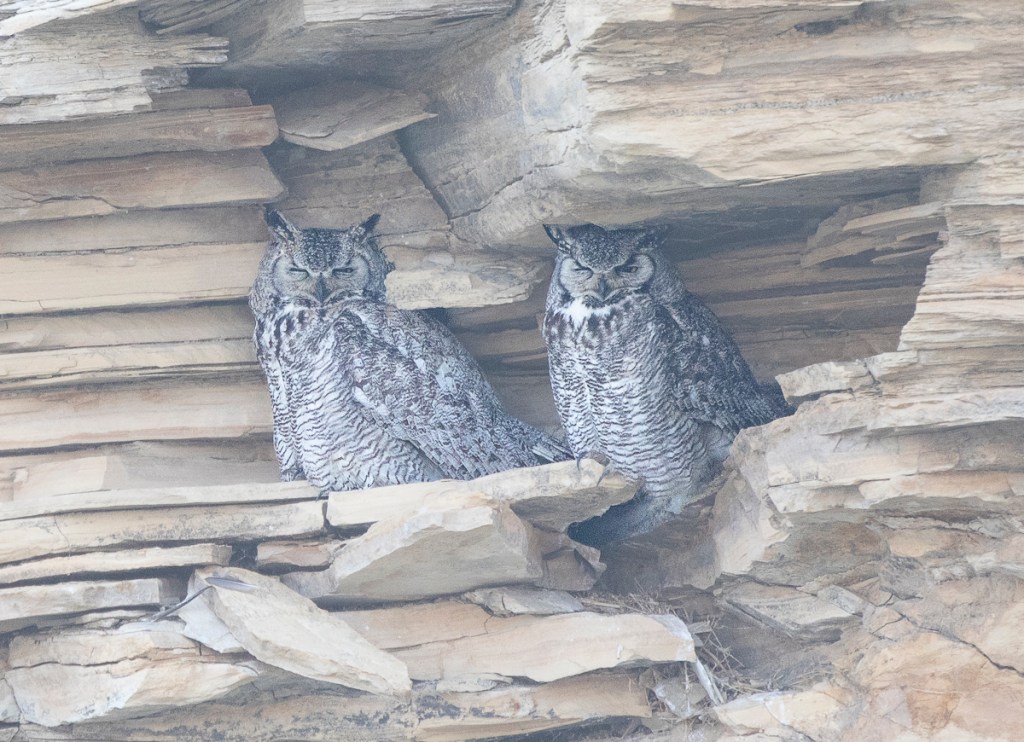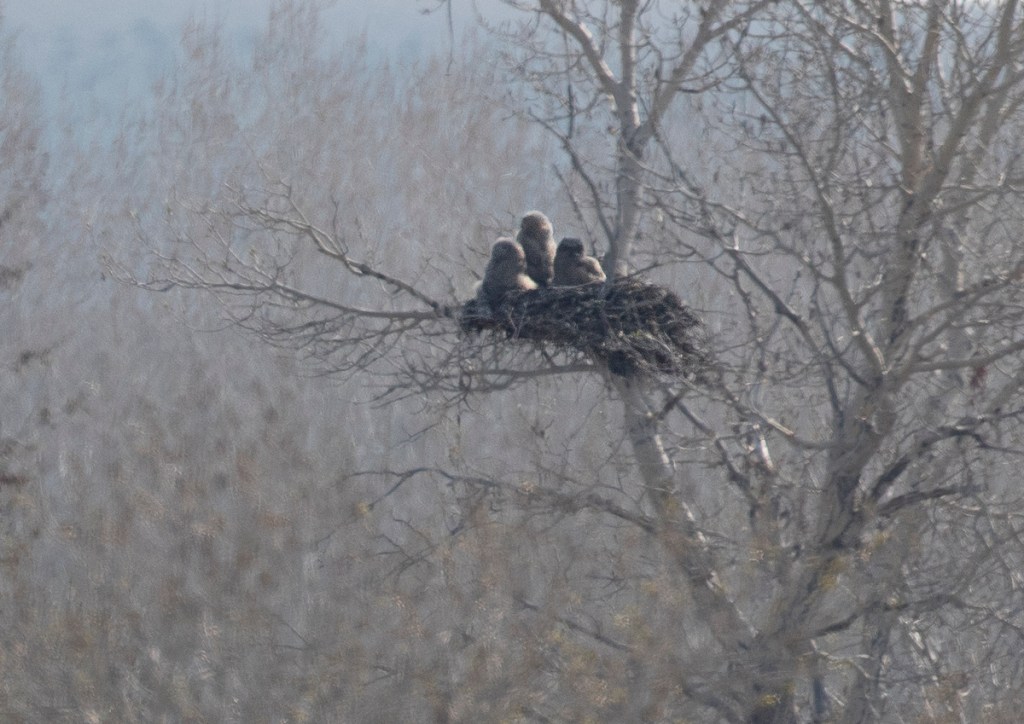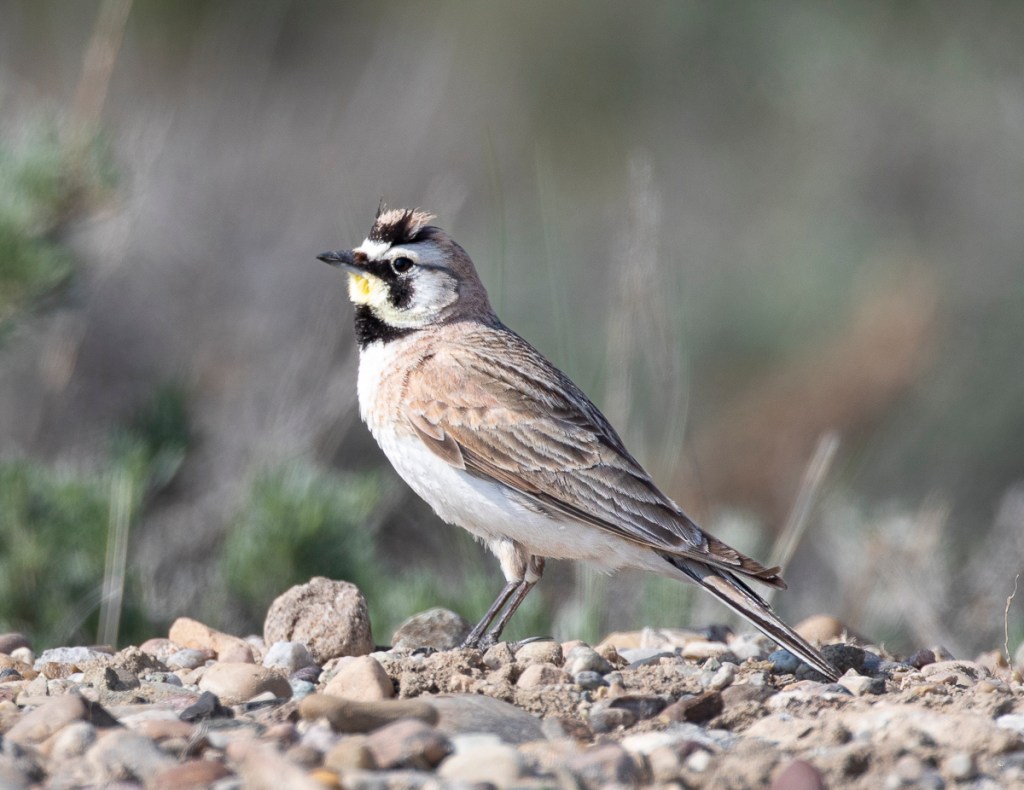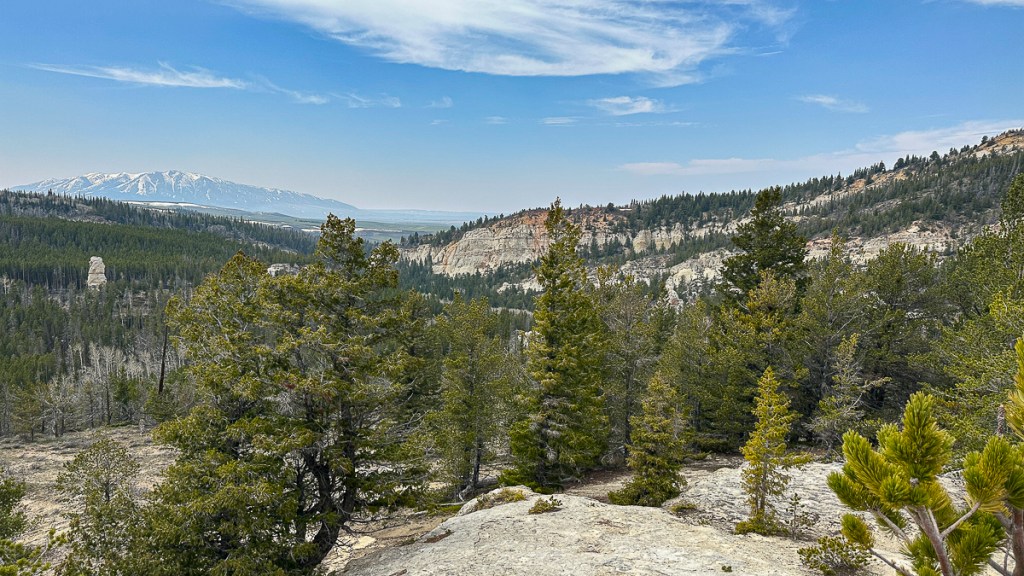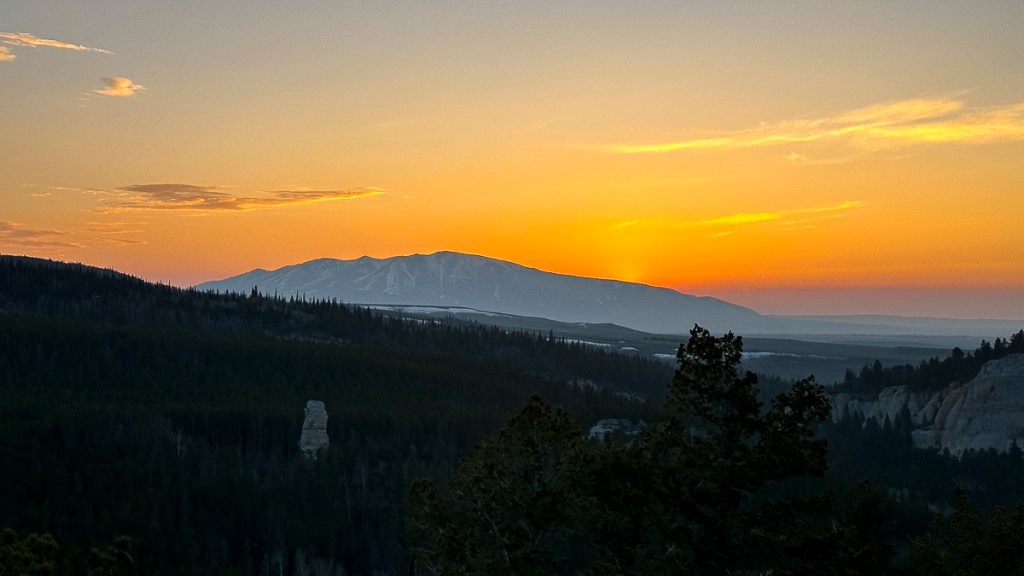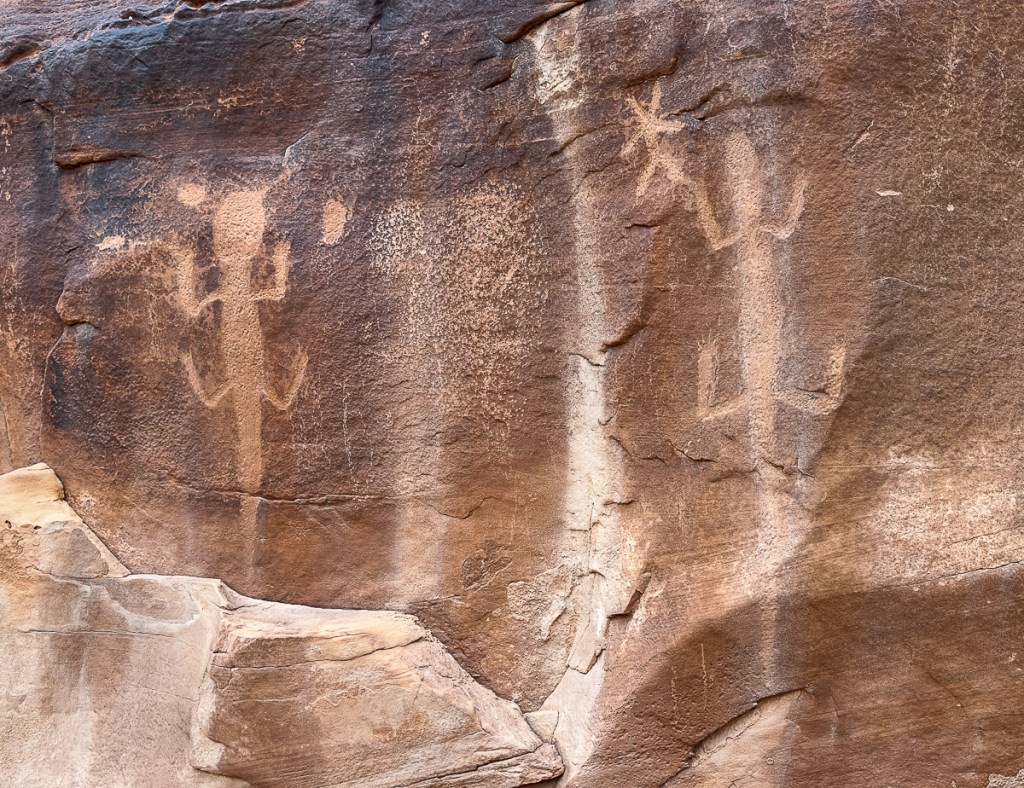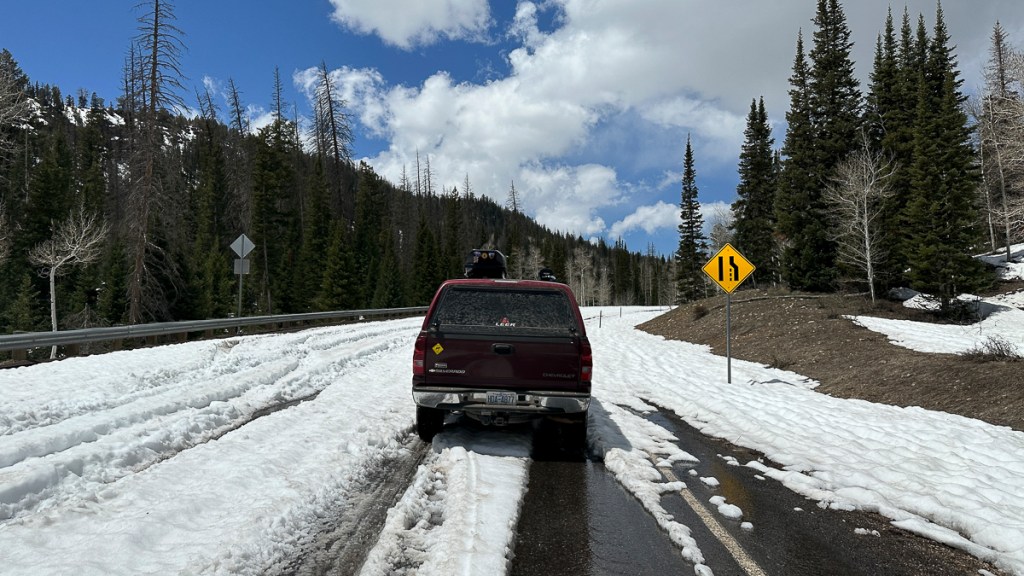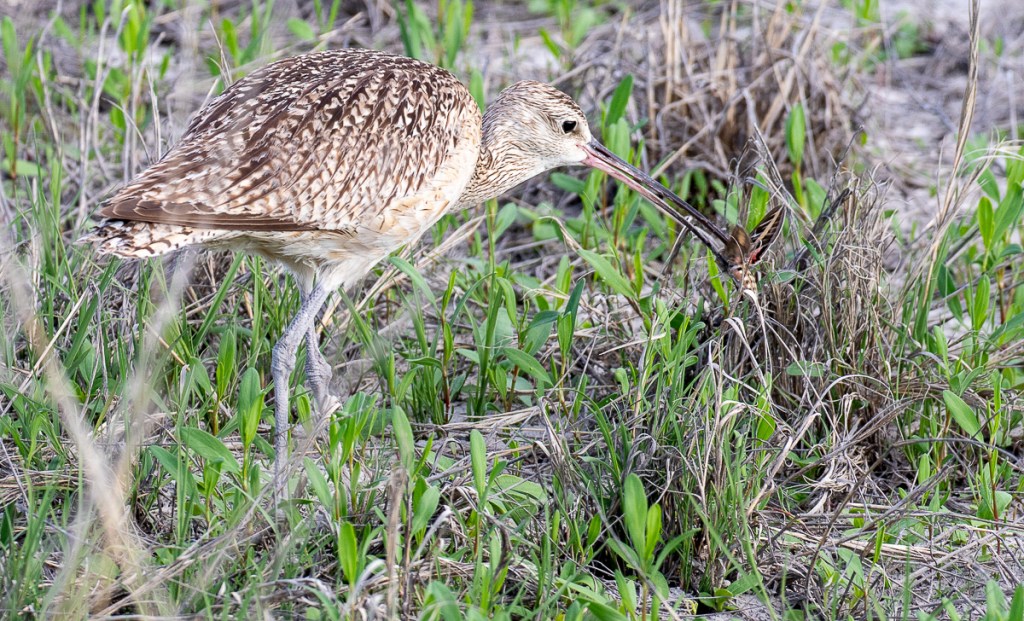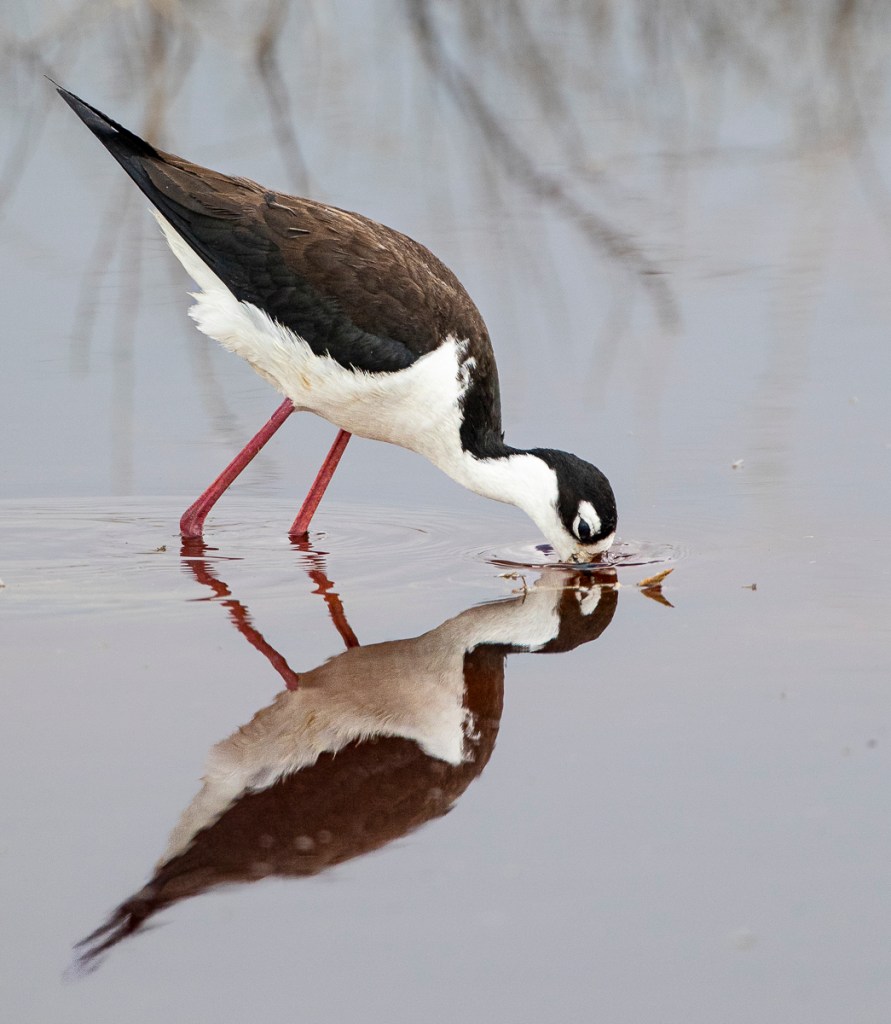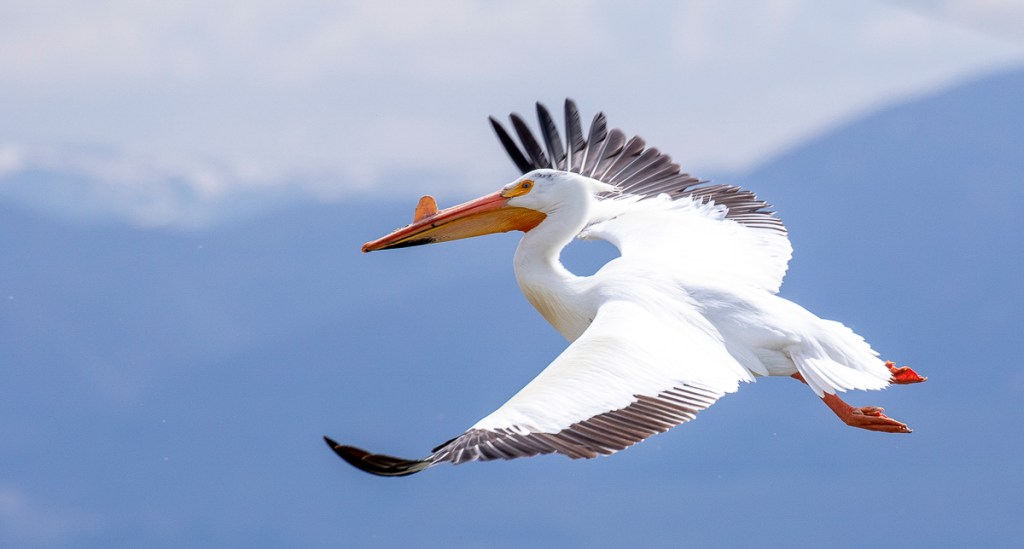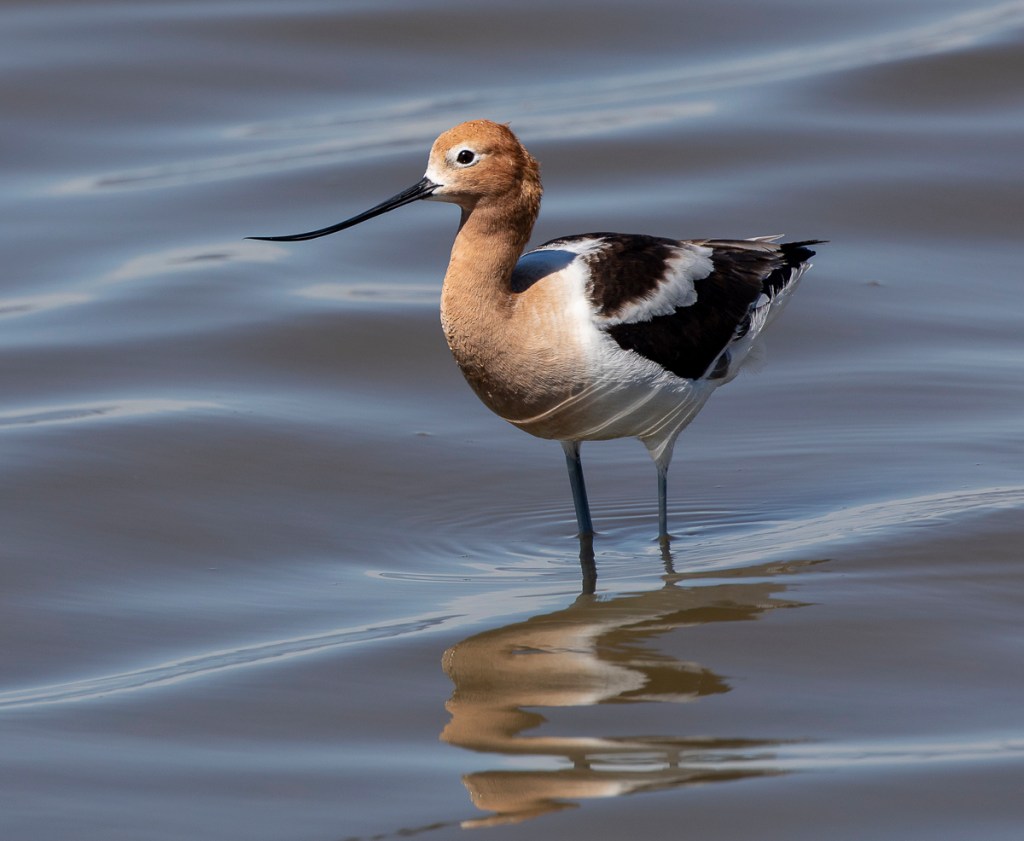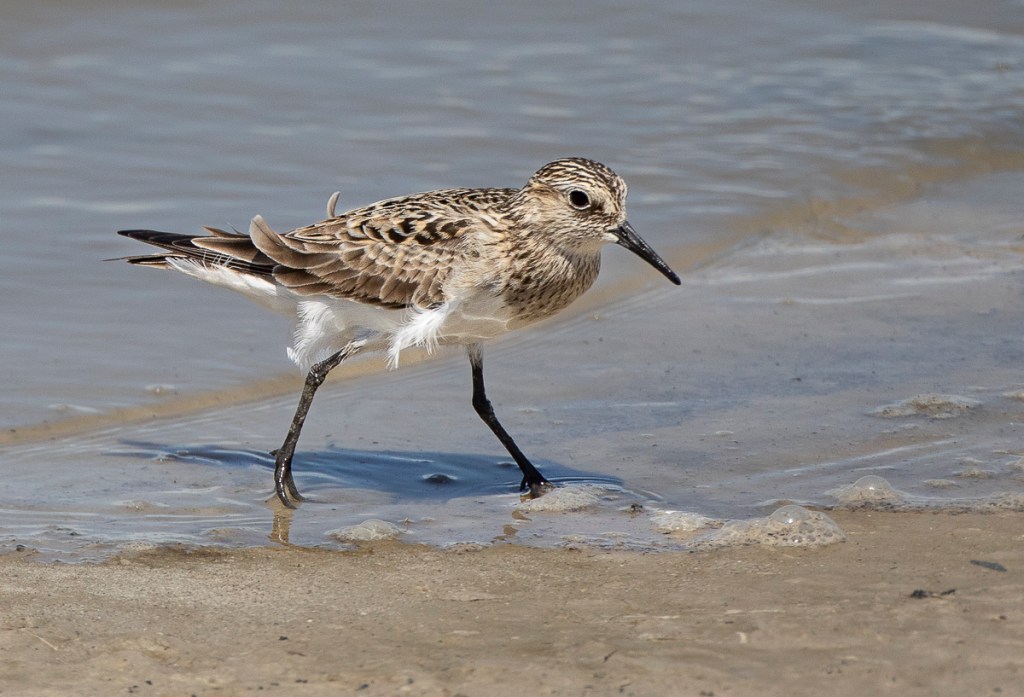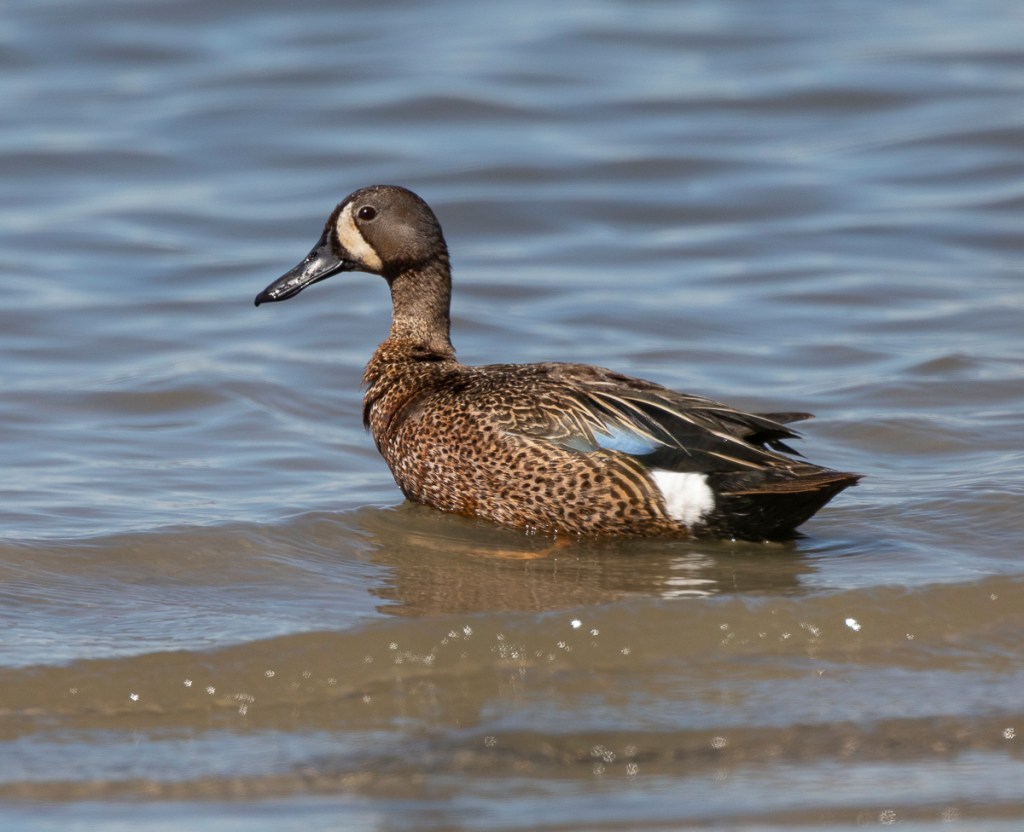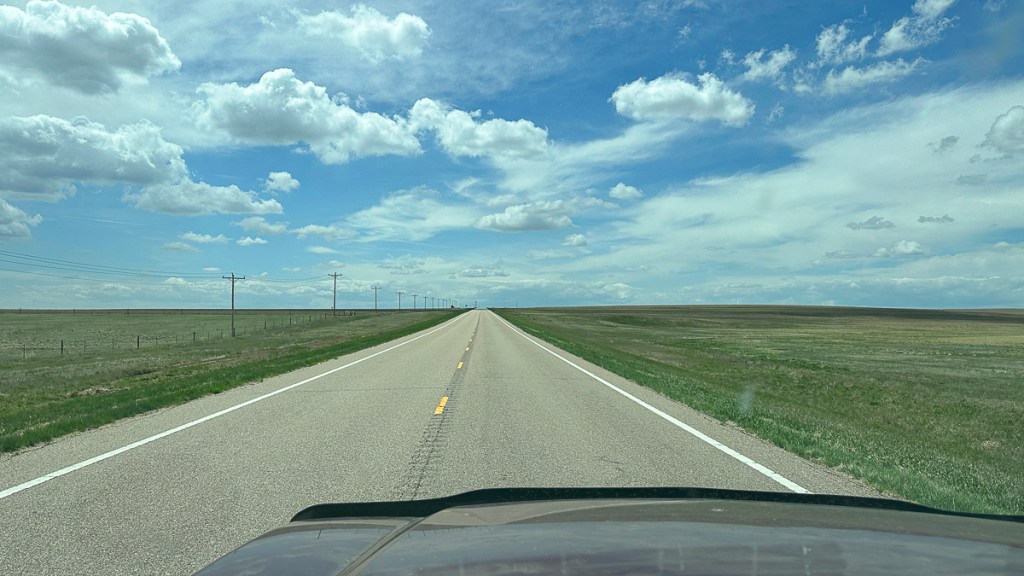Take time to do what makes your soul happy.
~Unknown author
I suppose I really don’t have to worry about this particular quote. I think I do a pretty good job of taking the time to do the things I enjoy. With Melissa leading a museum winter workshop in Yellowstone, I decided to get out and see a few wild things myself. By the way, if you haven’t followed her trip on the museum’s website, check it out at this link. It sounds like it has been one of the best trips ever (and certainly the coldest!).
So, last week I headed east for an overnight trip to visit four of our wildlife refuges – Pocosin Lakes, Mattamuskeet, Alligator River, and Pea Island. I first stopped by to chat with my friend, Wendy Stanton, refuge manager for Pocosin Lakes. We had a good conversation about visitor issues, closures, volunteer needs, and future plans. I also met two wonderful education/refuge staff that are being funded through the NC Wildlife Federation. They are providing programming at the refuge and the Red Wolf Center in Columbia, helping to manage volunteers, providing outreach programming in schools, and many other duties. It sounds like they have been a great addition to the limited staff at the refuge. After the meeting, I headed down to Alligator River NWR in hopes of seeing some bears, wolves, and birds. It turned out to be a very quiet wildlife day – lots of birds, but no mammals.


I spent the night in Kill Devil Hills and was out before sunrise, headed to Pea Island. After passing an American Bittern out along Hwy 12 at at the edge of a marsh (no room to safely stop), I stopped at the parking lot on the south end of the Oregon Inlet Bridge to see if there was anything happening there. A few dolphins were fishing the shallows and some Sanderlings were chasing each other around the exposed sandy beach, often coming within a few feet of where I stood.
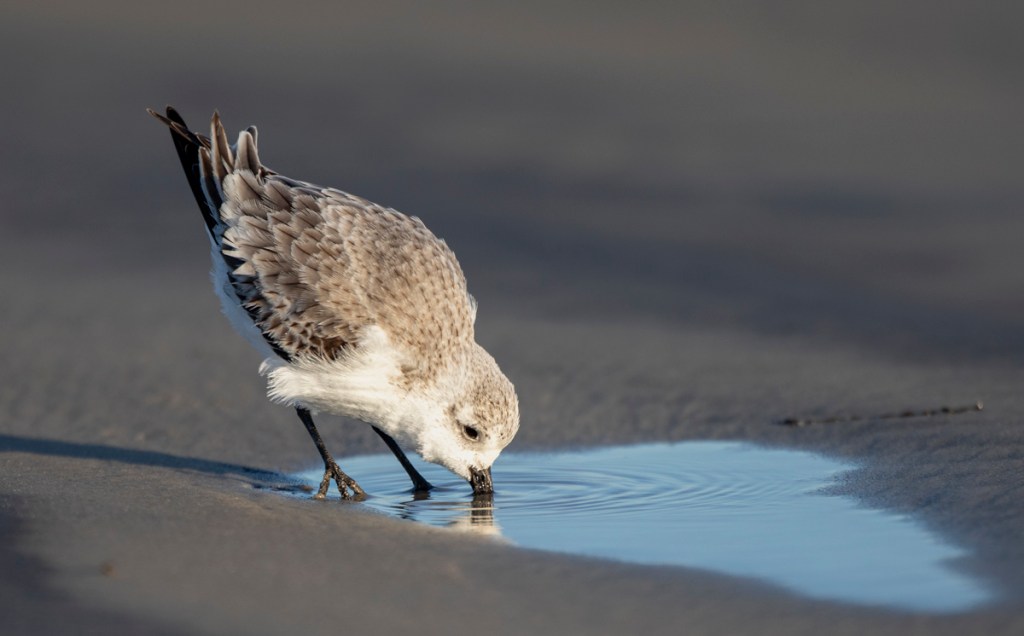
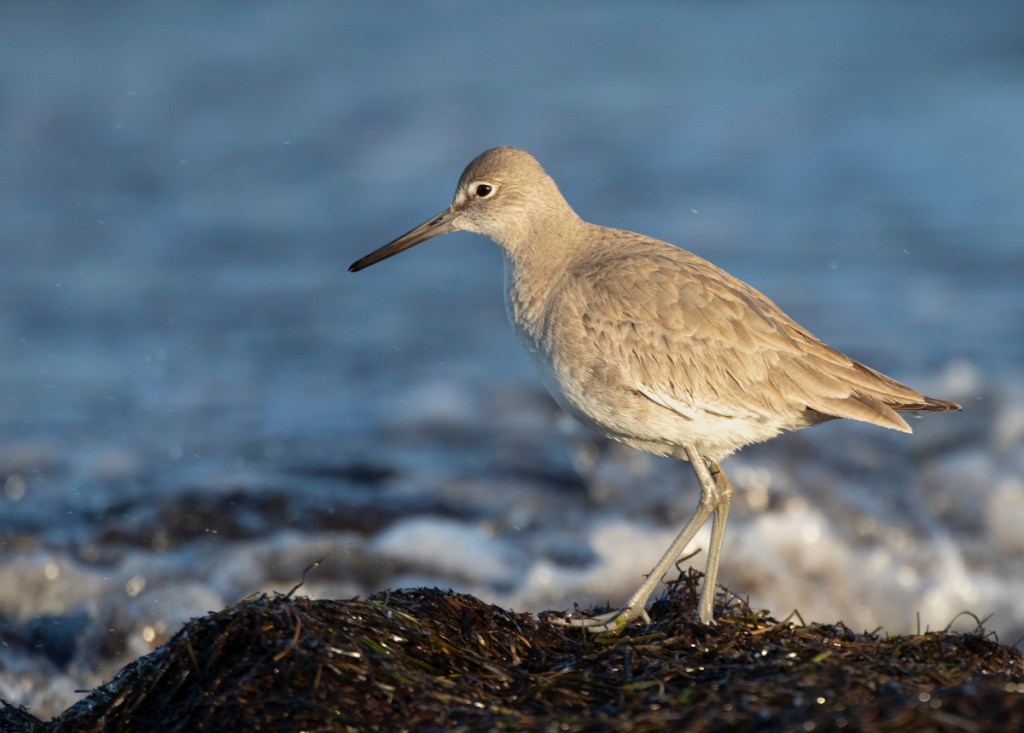
Driving down to the Pea Island Visitor Center, i was surprised to see relatively few birds on North Pond, but I hung out for a bit and managed a couple of captures.


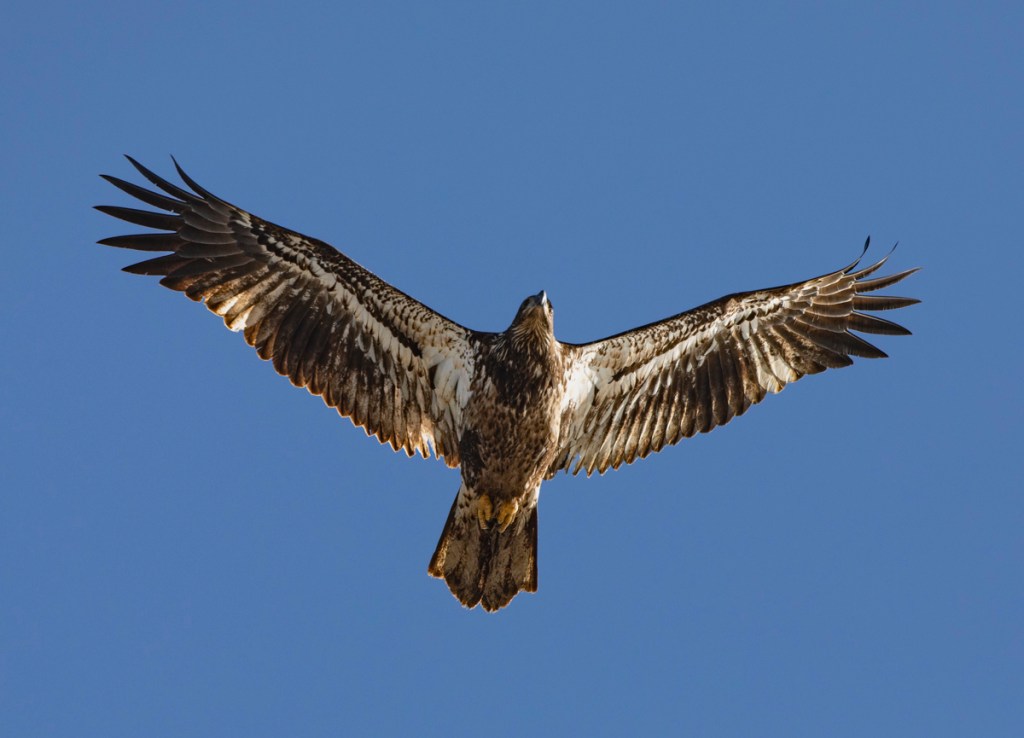
I asked at the Visitor C=enter where I might see the huge flock of Redhead ducks and the Snow Buntings I had seen on social media posts recently. The ducks were no problem they told me but they had no idea where I could find the buntings. So, off I went and soon saw a solid raft of ducks not far off the highway. The flock stretched for a hundred yards or so and was so densely packed I couldn’t see how any others could land in there, but some still managed. It was amazing seeing such a large concentration of birds.

I soon headed to Alligator River for one more pass through the refuge to see what I could see before heading in the direction of home. I scanned the large flocks of waterfowl in the flooded fields near the road and enjoyed some time with a flock of both Greater and Lesser Yellowlegs (I feel sorry for the ones named “Lesser”). One of the birds grabbed what looked like a huge grub and scurried off to gulp it down before others nearby could steal it.
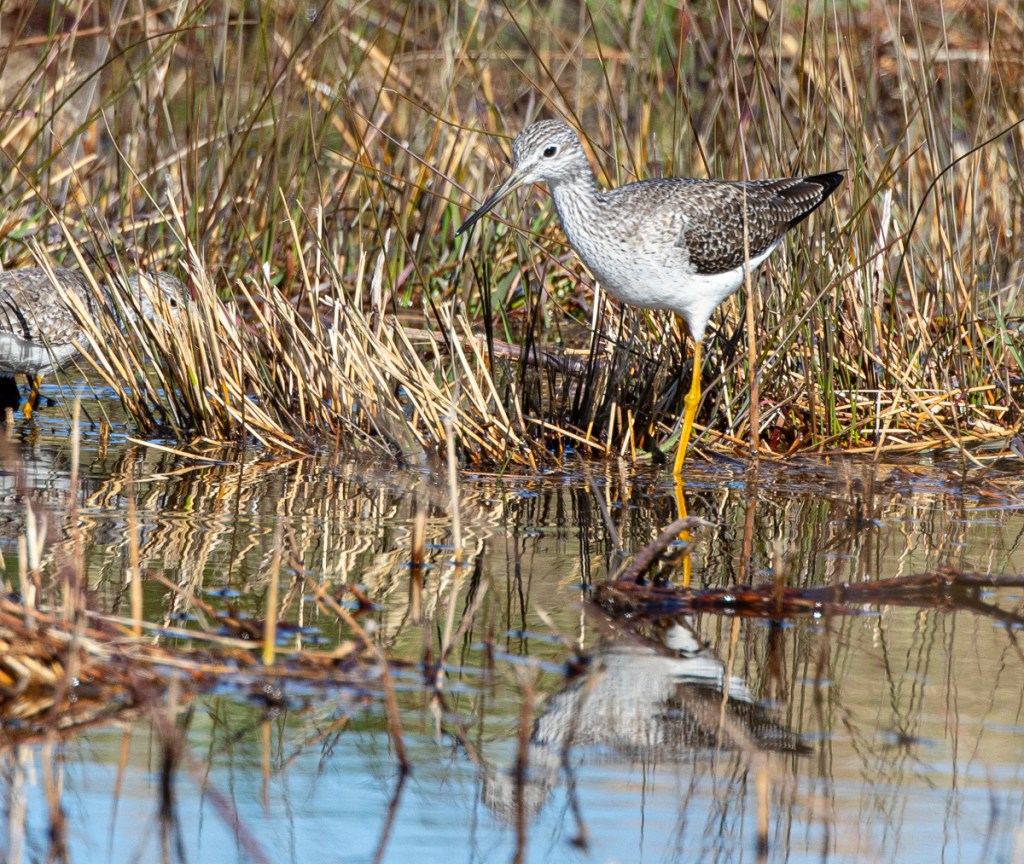
While I was watching the shorebirds, a Downy Woodpecker flew into a nearby sapling and began hammering away. I didn’t pay it much attention at first assuming it was looking for bugs in a dead branch. But then I looked with my binoculars and saw it was on a mantid egg case. I’ve seen the results of this feeding behavior many times but never had managed a photo of it, so I spent a few minutes watching and taking pics. After it finished with this one, the hungry bird moved to a nearby branch and started working on another egg case. If you zoom in on the bird’s beak, you can see a mantid baby stuck to the woodpecker’s maxilla (upper beak)
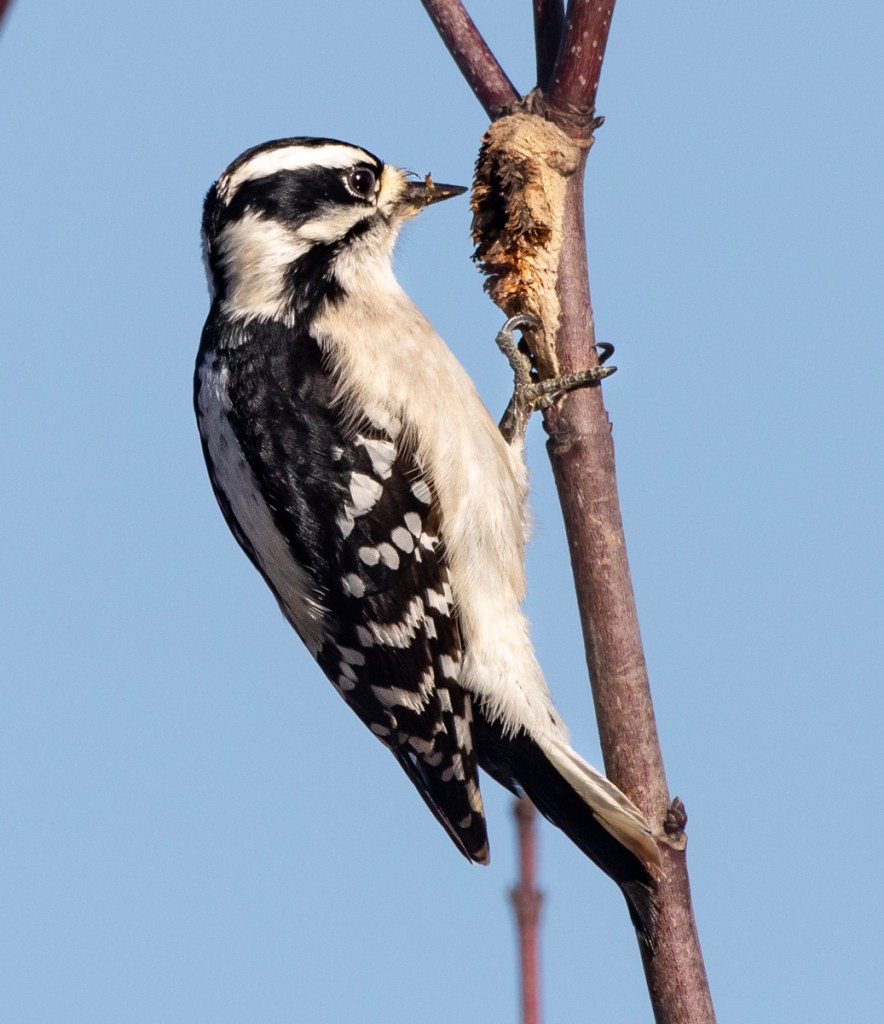

On the way home, I stopped at Mattamuskeet and the Pungo Unit without seeing too much other wildlife. I did see the Snow Geese finally leave Pungo Lake, but they flew off the refuge to the west. I also saw some more folks behind the closed area signs. I spoke with one group asking them to come back, but they ignored me. It is a tough balancing act to manage for the welfare of the wildlife and to allow people to experience the grandeur of the animals so that they will care for the birds and the place.
Two days after that coast trip, I joined a group of folks participating in the quarterly Jordan Lake eagle count. I wrote an article on the eagles that can be found at the B. Everett Jordan dam in winter for the upcoming February issue of Walter magazine. In my research, I contacted a ranger, Steve McMurray, about the eagles at Jordan Lake. He mentioned the quarterly count and invited me to join so, there I was, shivering a bit at 7 a.m., looking out over a vast expanse of the lake. We spotted 8 eagles in the allotted count time (1.5 hours) and I enjoyed meeting and talking with some fellow bird lovers. After the count, I drove over to the dam to see what was happening. When I walked down the trail along the tailrace, I counted 12 eagles on the opposite shoreline waiting their turn at a fish meal. A photographer walked down the opposite shore where all the eagles were perched and flushed the closest one. It flew across the channel and allowed me a few quick images before disappearing over the trees.
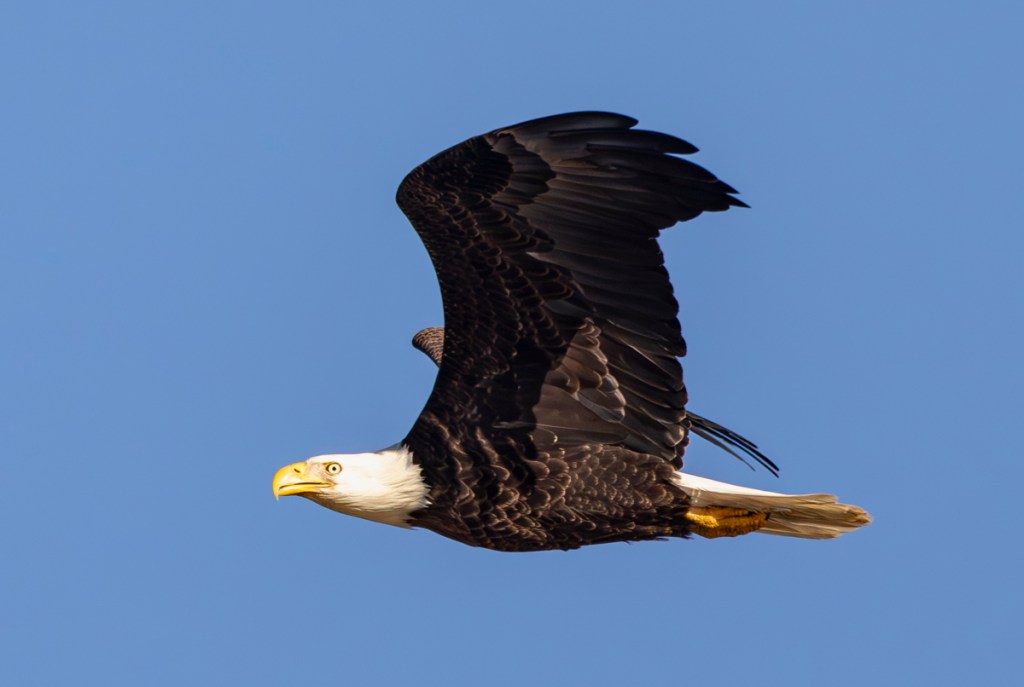
Two days later, at 5 a.m., I was driving back to Pungo with some good friends to enjoy some more wildlife watching. It was a slow morning but the lake was full of swans and their calls are one of the most beautiful natural sounds I know. After driving through the refuge, we hiked out to the Duck Pen Observation Blind. I had been out there recently and saw how the area around the blind had been damaged by bears and careless humans over the past couple of years. Even though vegetation has grown up around the blind, blocking much of the view, we had a nice look at some of the many Tundra Swans resting on the calm lake waters. The low angle light was really nice and we spent a lot of time looking and listening.


After eating some lunch back at the road, we made a trip over to Mattamuskeet. A highlight was walking the boardwalk of the New Holland Trail that meanders through a picturesque cypress swamp.

at Mattamuskeet NWR
On our way out we stopped at the photo blind on the impoundment. This is really a nice little blind and the birds are pretty tolerant of your approach if you are quiet, move slowly, and use the surrounding trees as cover as you approach.
Our plan was to return to Pungo in hopes of seeing birds in the field or some fly-overs and then head home. When we arrived, we saw plenty of swans but they were all headed off the refuge to the west to feed with few visible at close range on any of accessible impoundments. I saw a friend hiking along the road and, as we were talking, a huge flock of Snow Geese lifted off the lake and flew directly over us. This group was much larger than what we saw a couple of weeks ago on the bird count. We all stared skyward, mesmerized by the sounds and undulating waves of birds.
Just as the last of the flock appeared, we heard the distinctive calls of Sandhill Cranes! I had looked for them on the bird count and my trip last week but they were nowhere to be found. And, as we approached sundown, twenty two of these amazing birds flew into view, circling over the fields before landing in the impoundment behind the trees. This is the largest group of sandhills I have seen on the refuge.

After that extraordinary experience, we drove down to “Bear Road” and peered down the now closed road. After several minutes, we finally saw the small bear that has been coming out most evenings to feed. To close the day, a large group of blackbirds was swirling in a cloud of wings on the horizon.
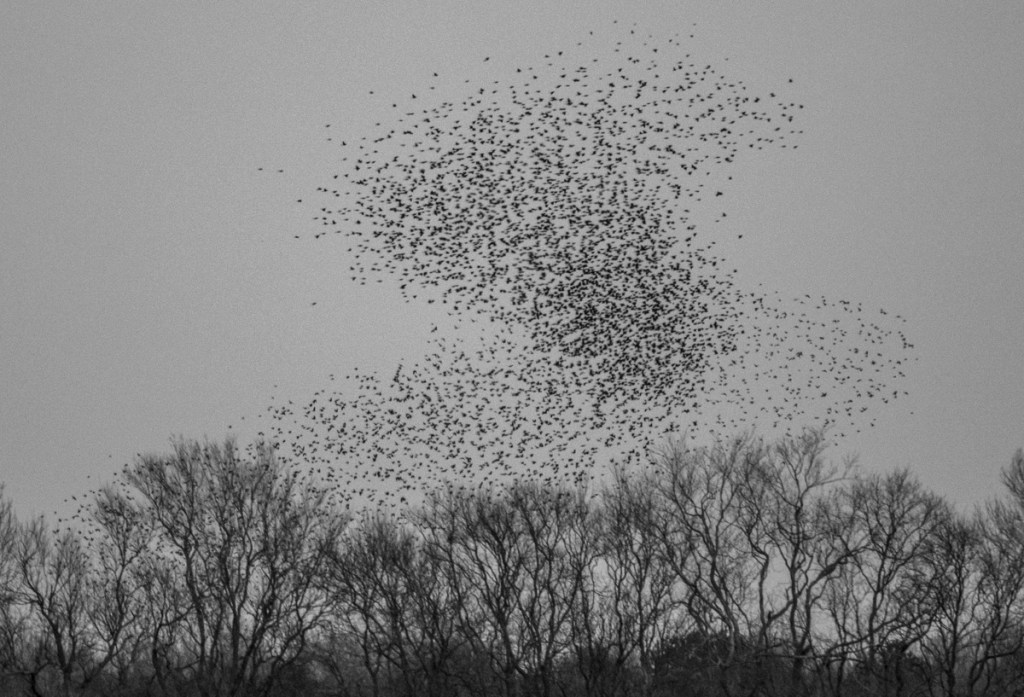
I think we all left with a happy soul after a wonderful day on some of North Carolina’s public lands. Thank you to all the people working tirelessly to help make these places so special for the wildlife and all of us.












